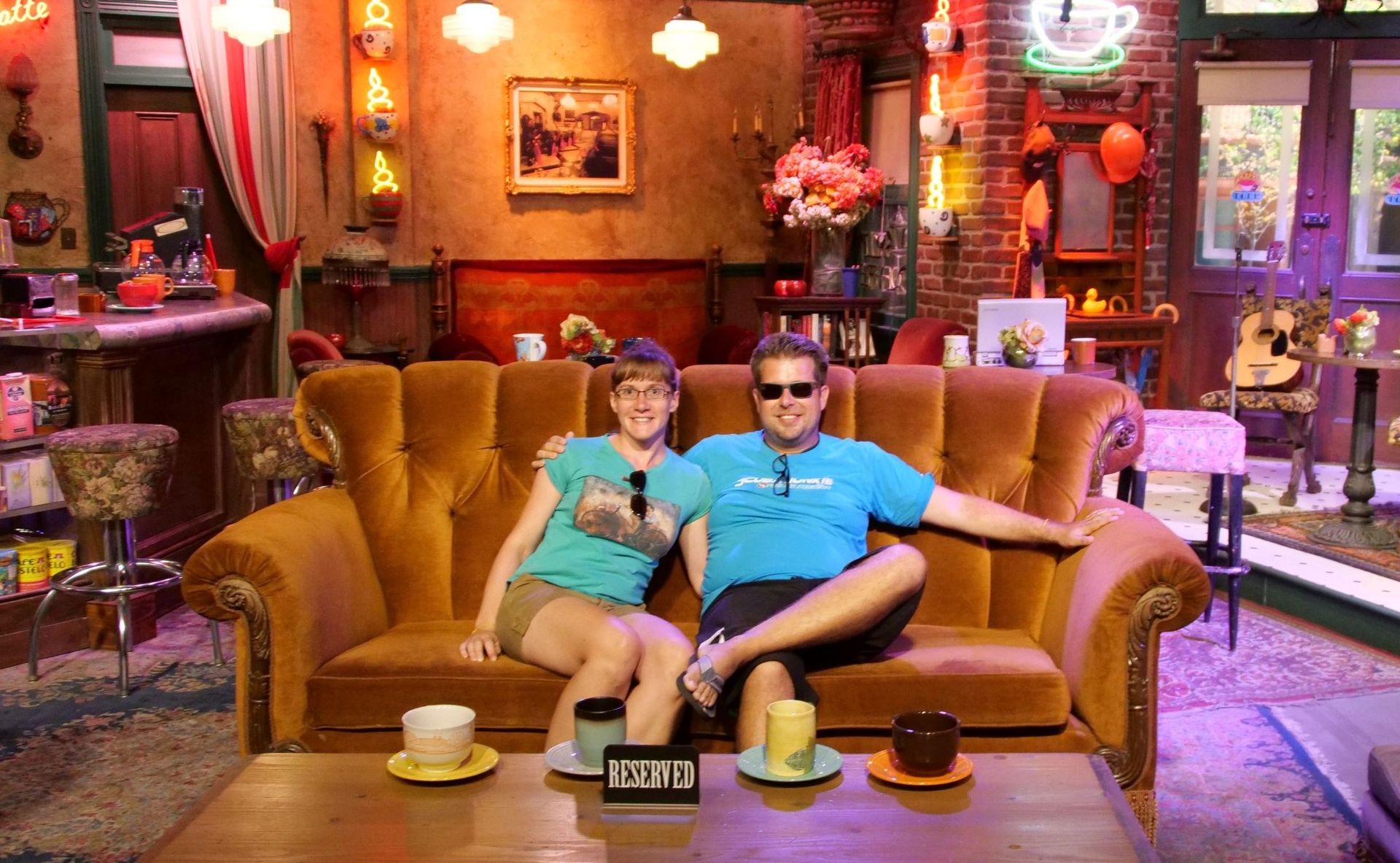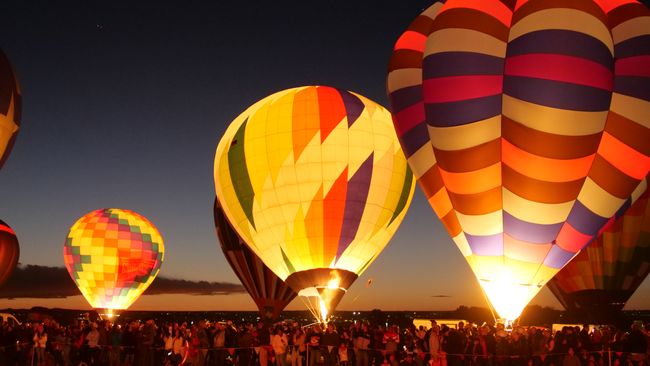26/02/2023 to 28/02/2023 - Bogota, Colombia
Нашр шудааст: 02.03.2023
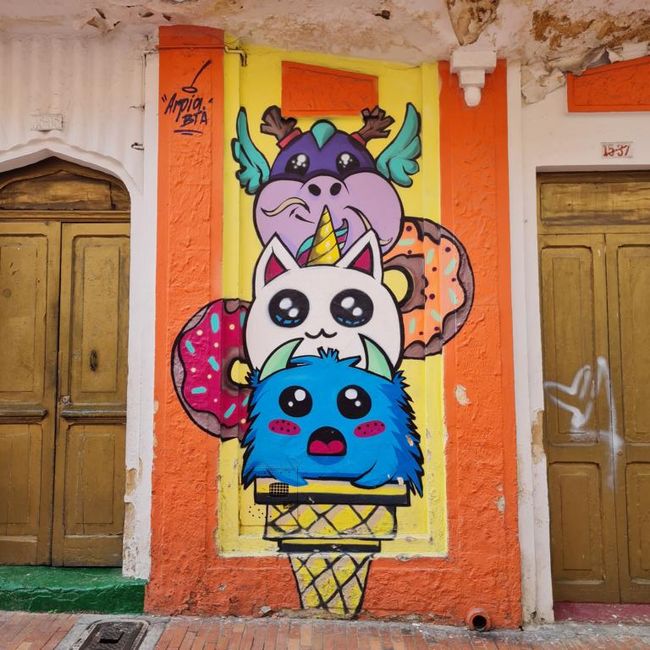
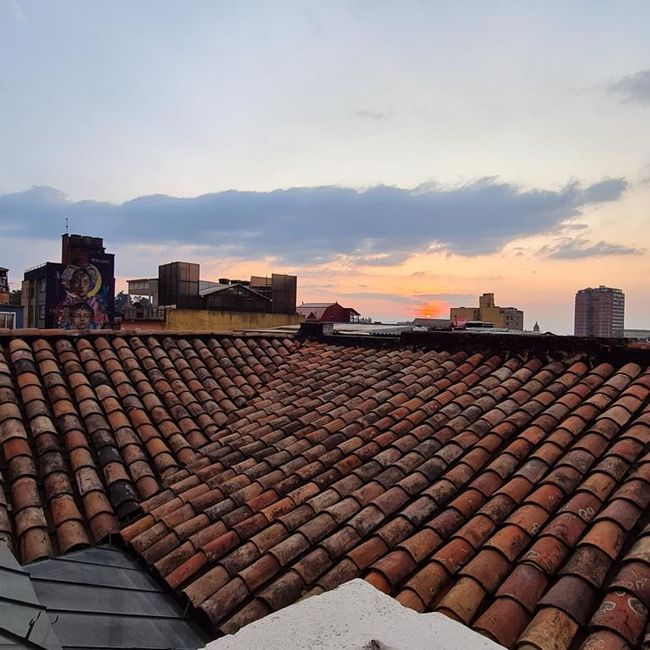
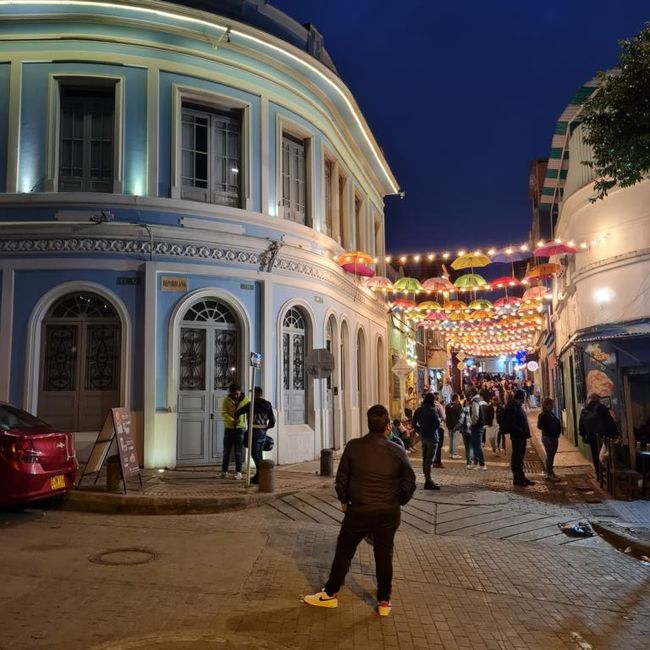
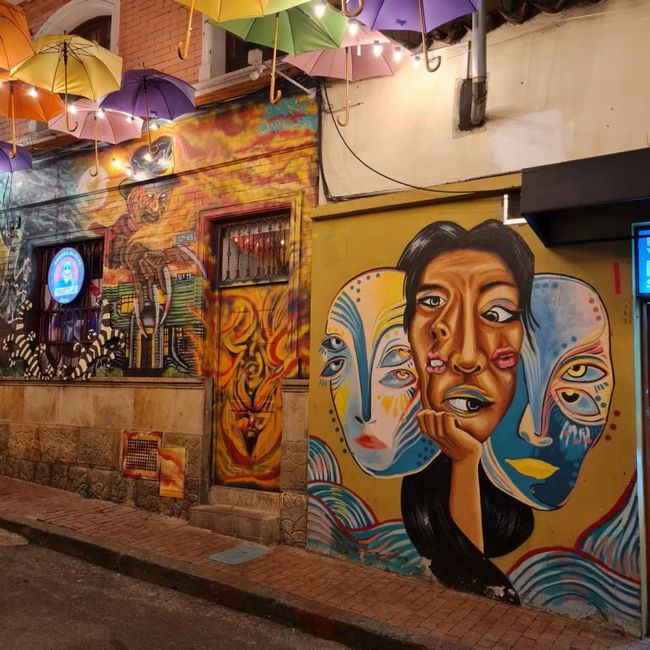
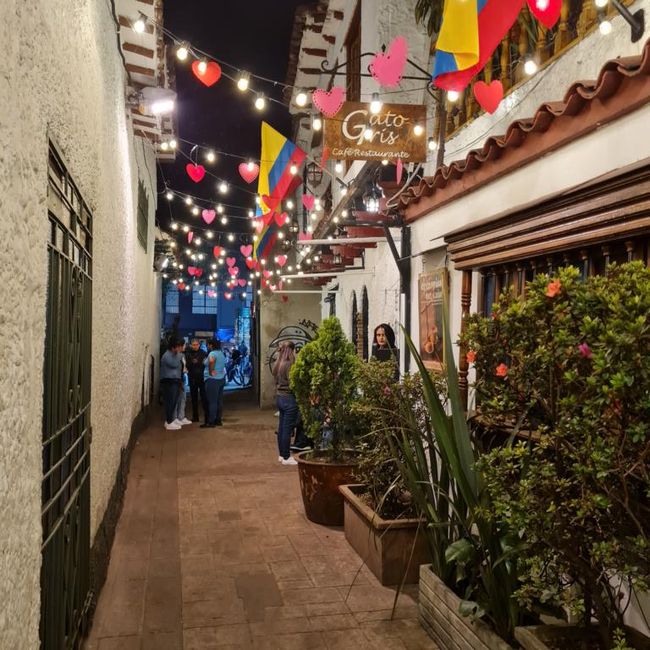
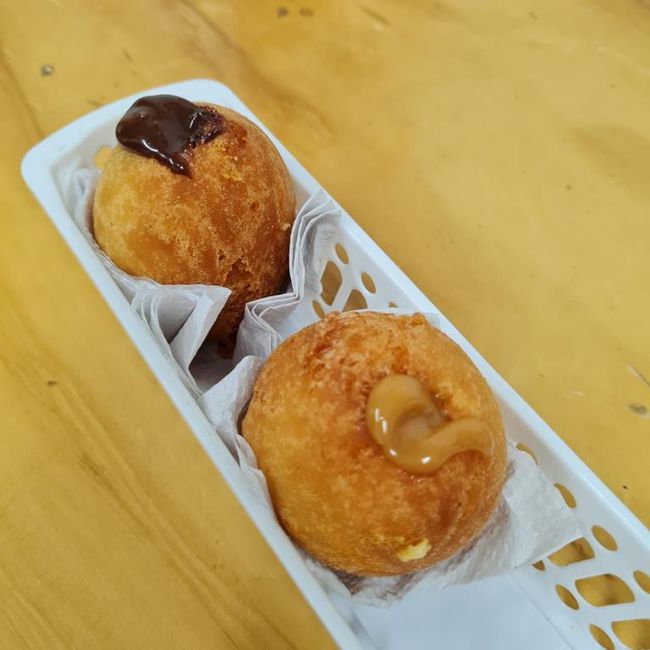
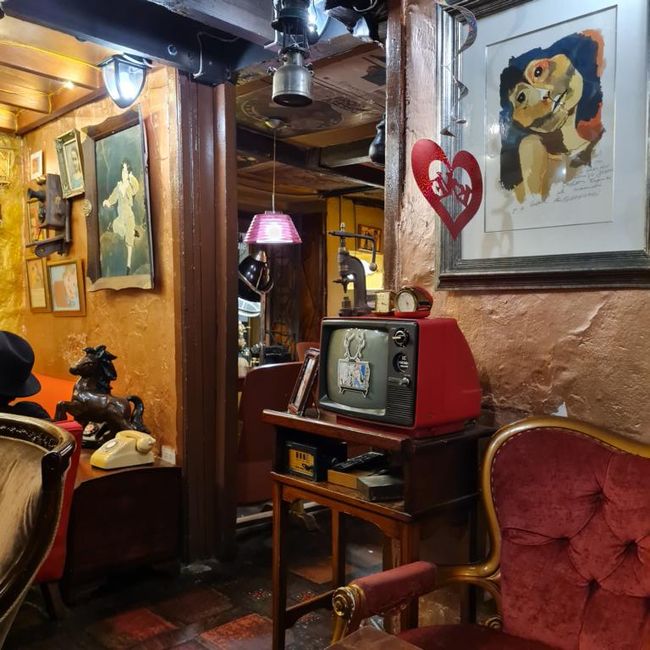
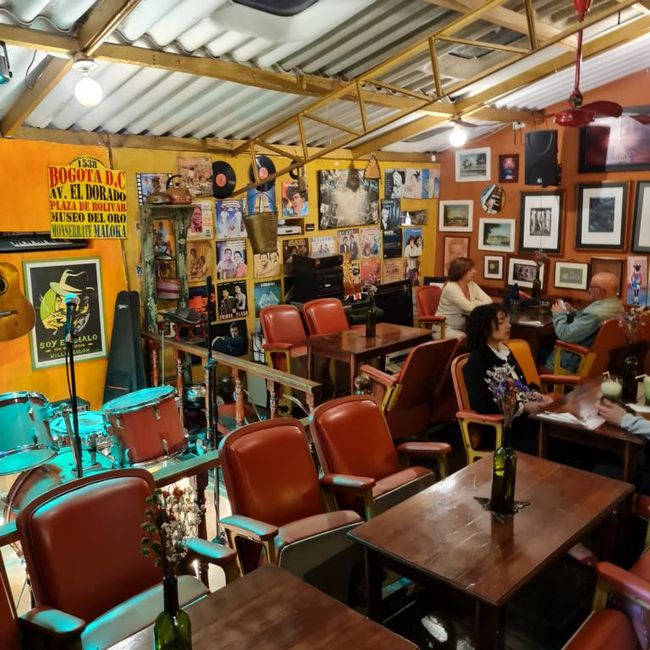
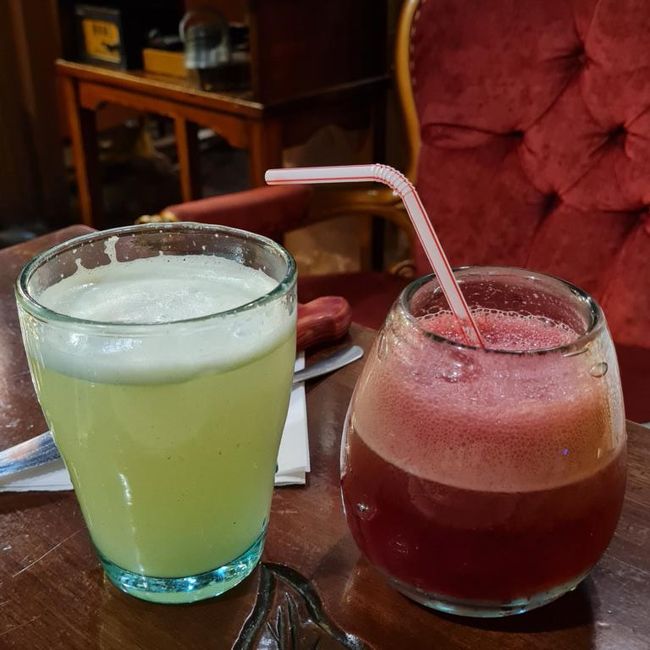
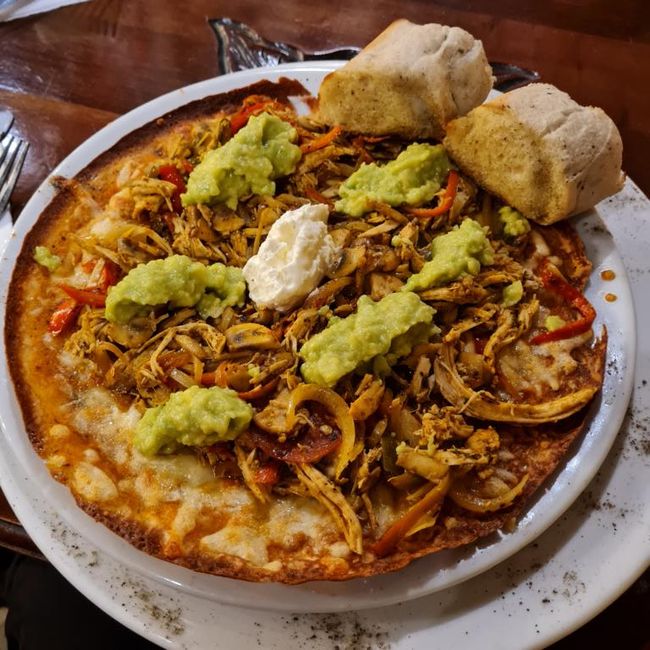
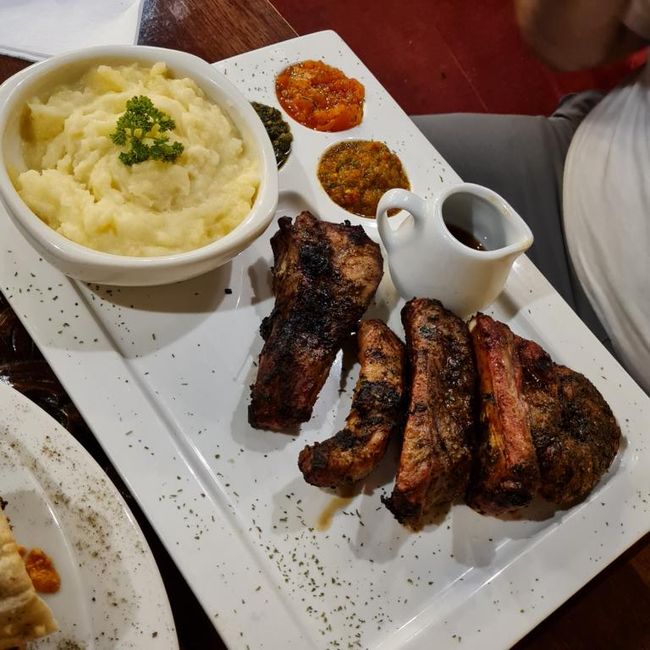
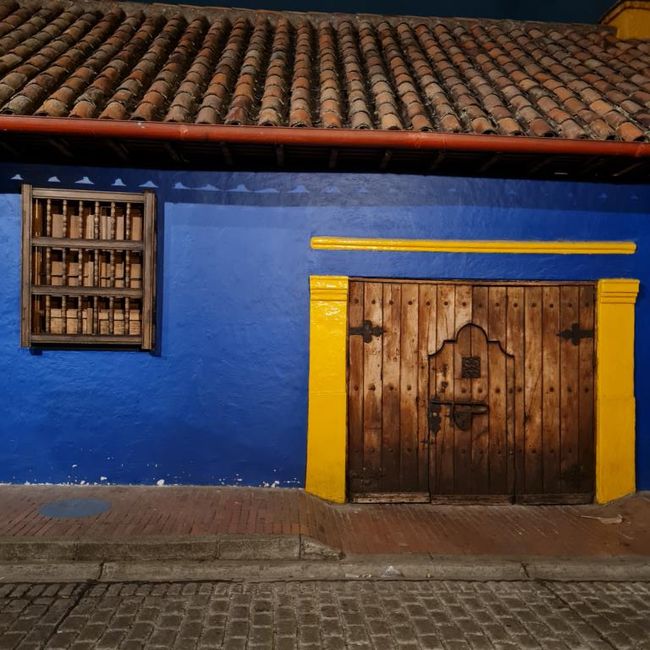
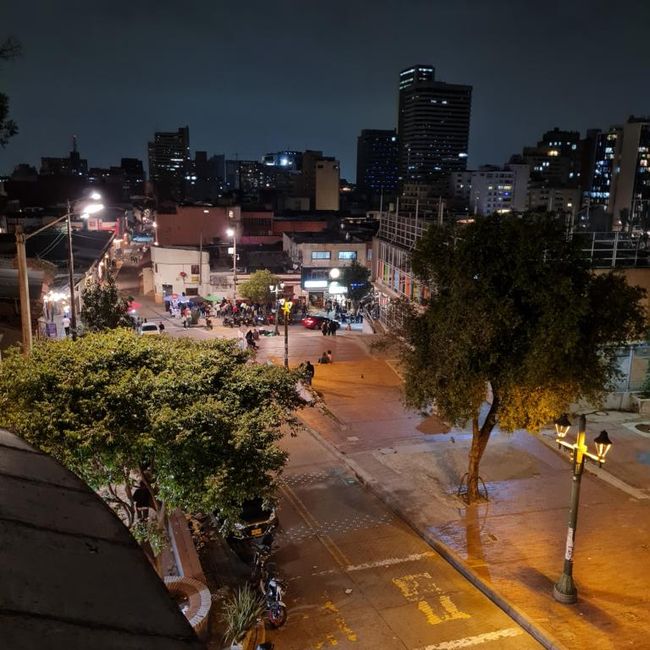
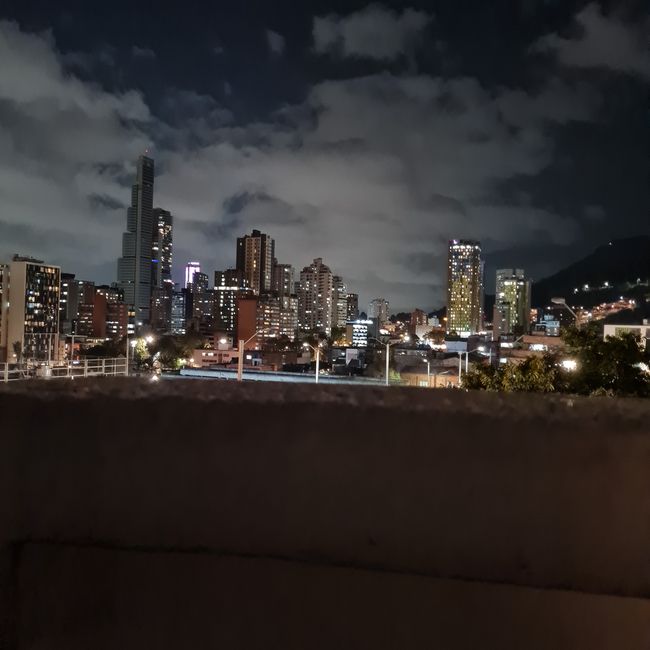
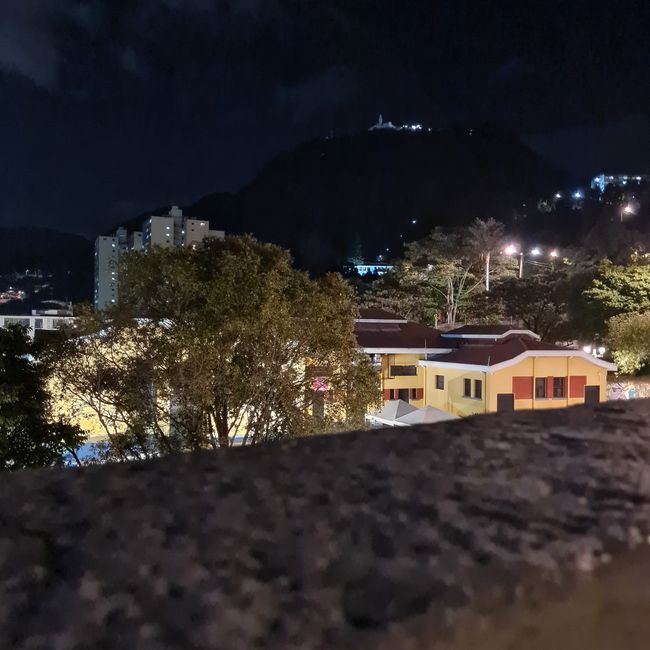
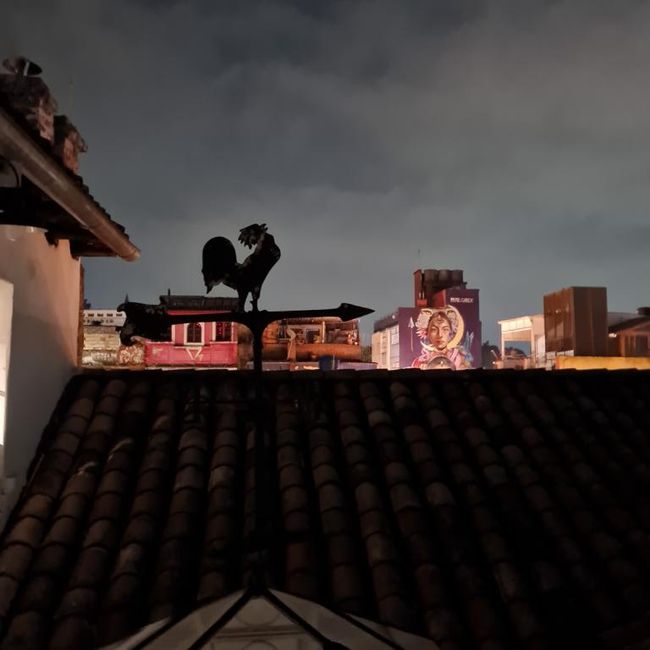
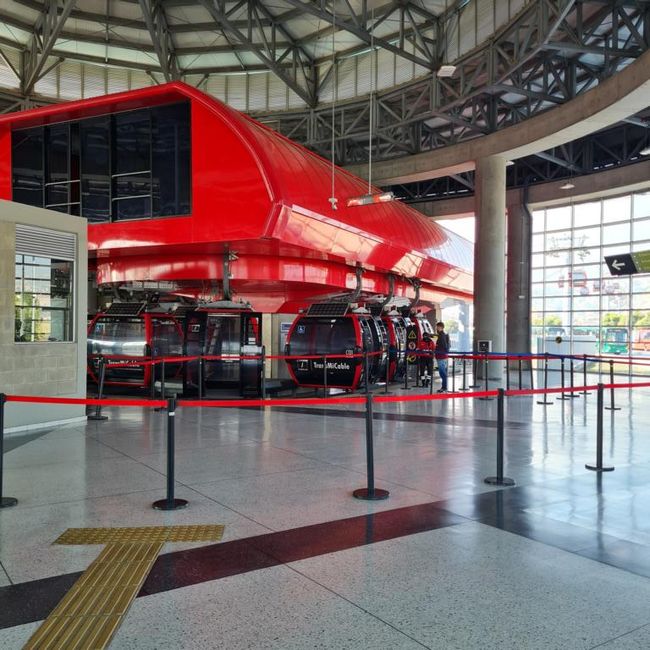
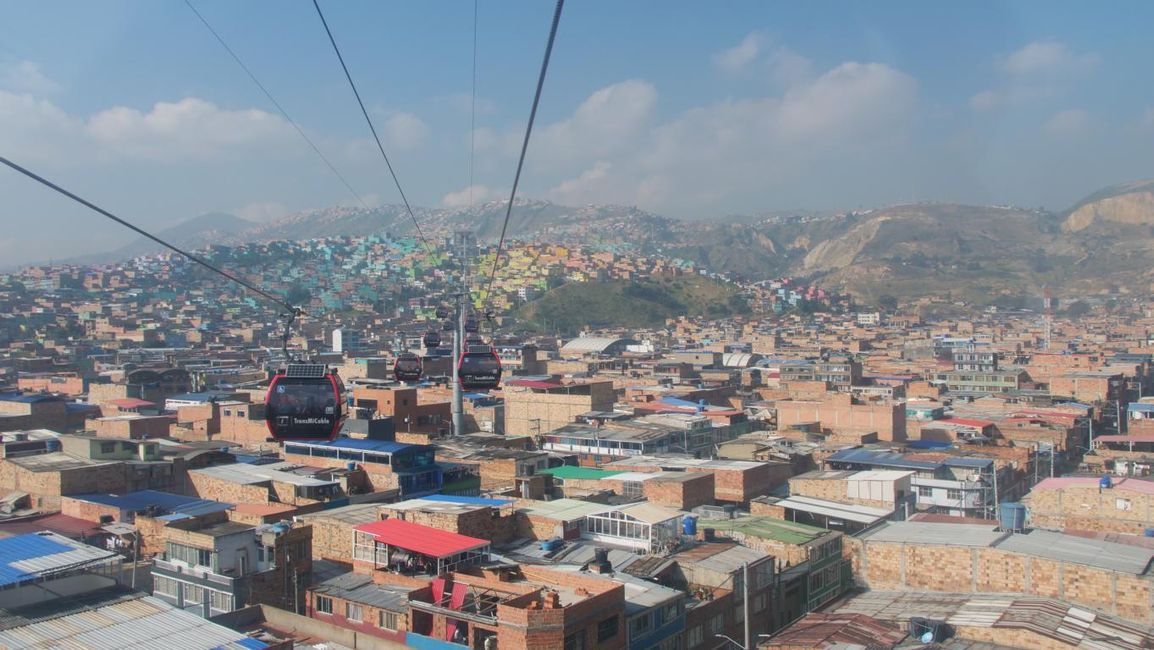
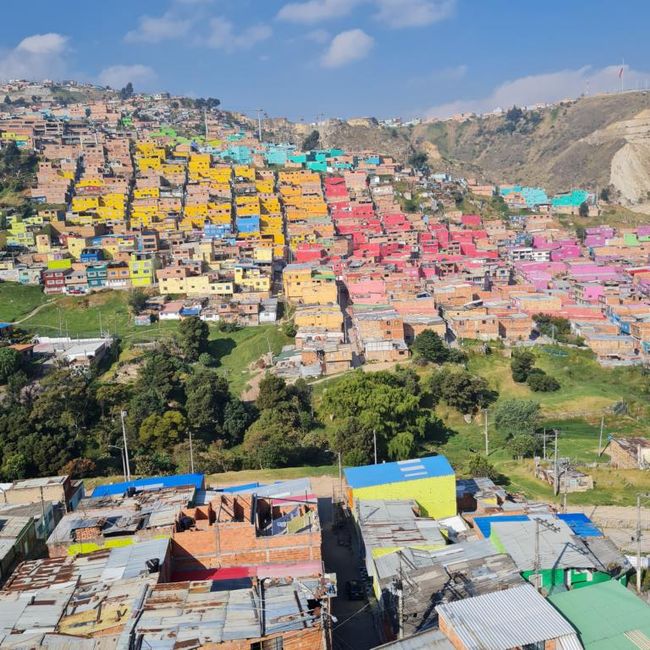
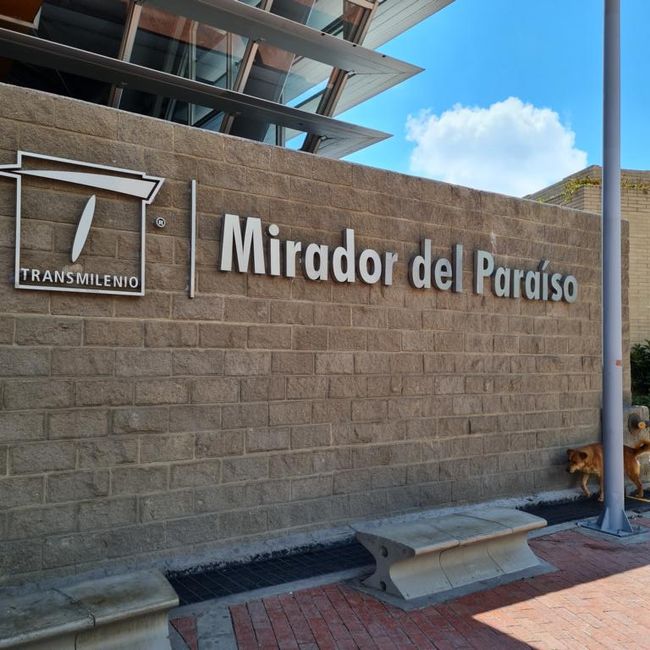
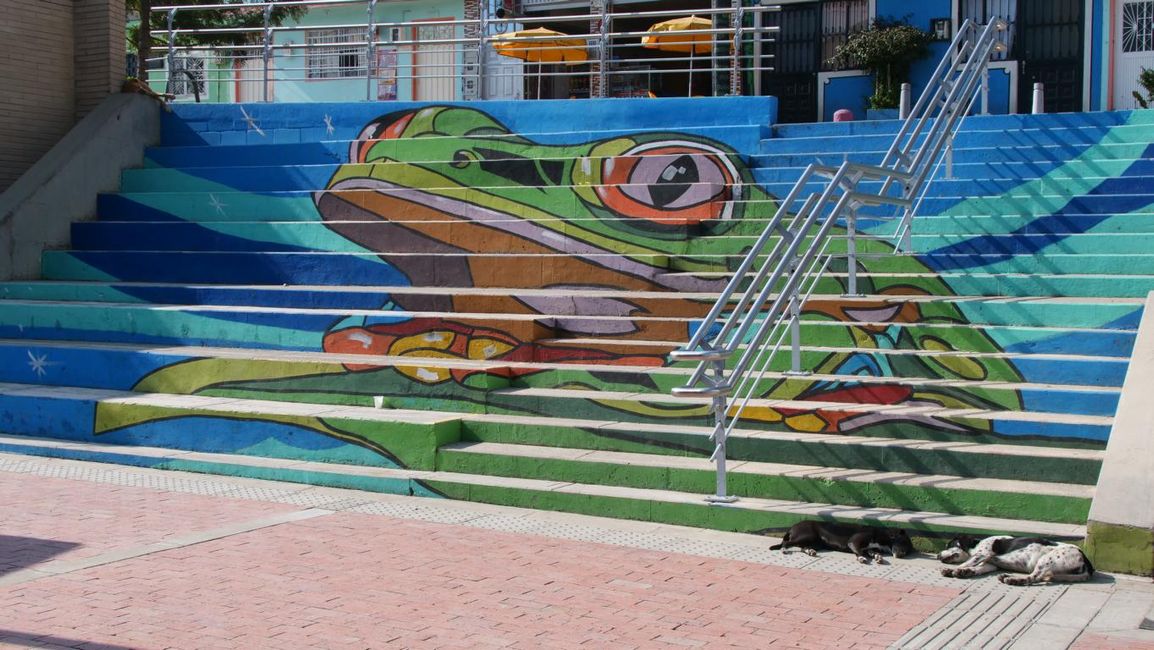
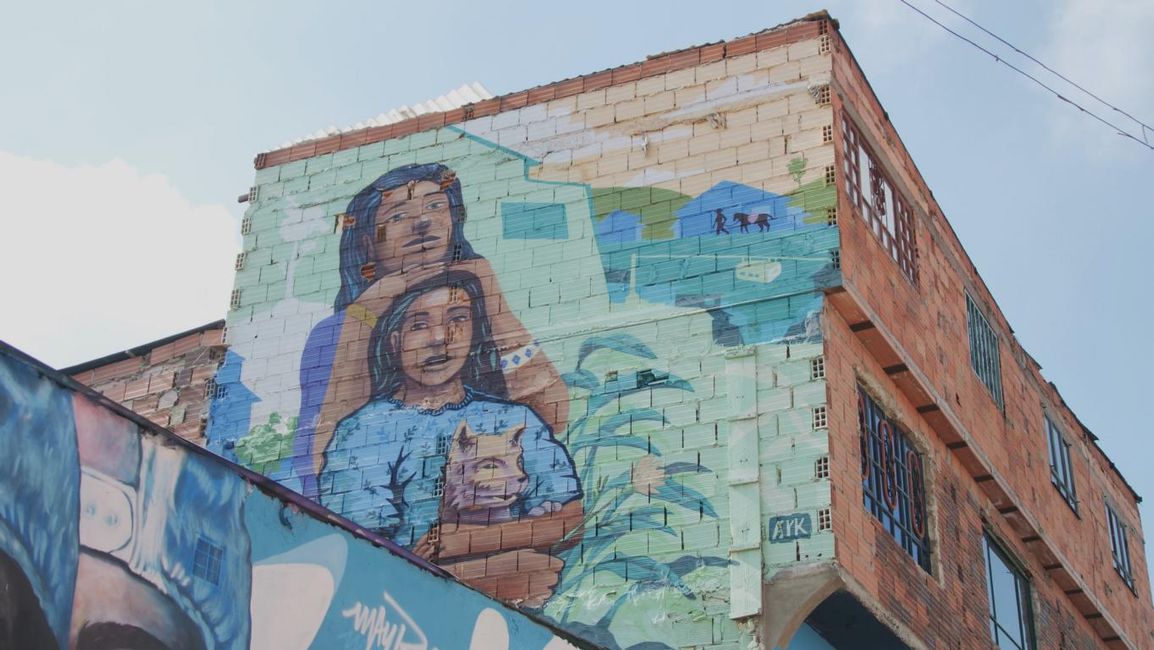
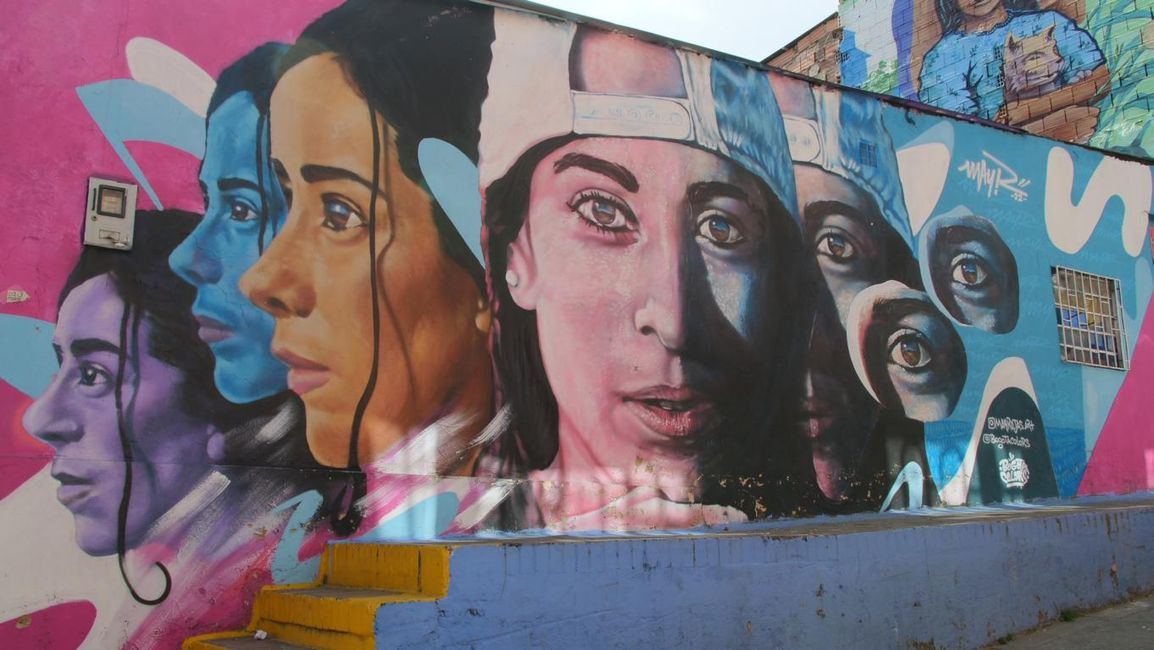
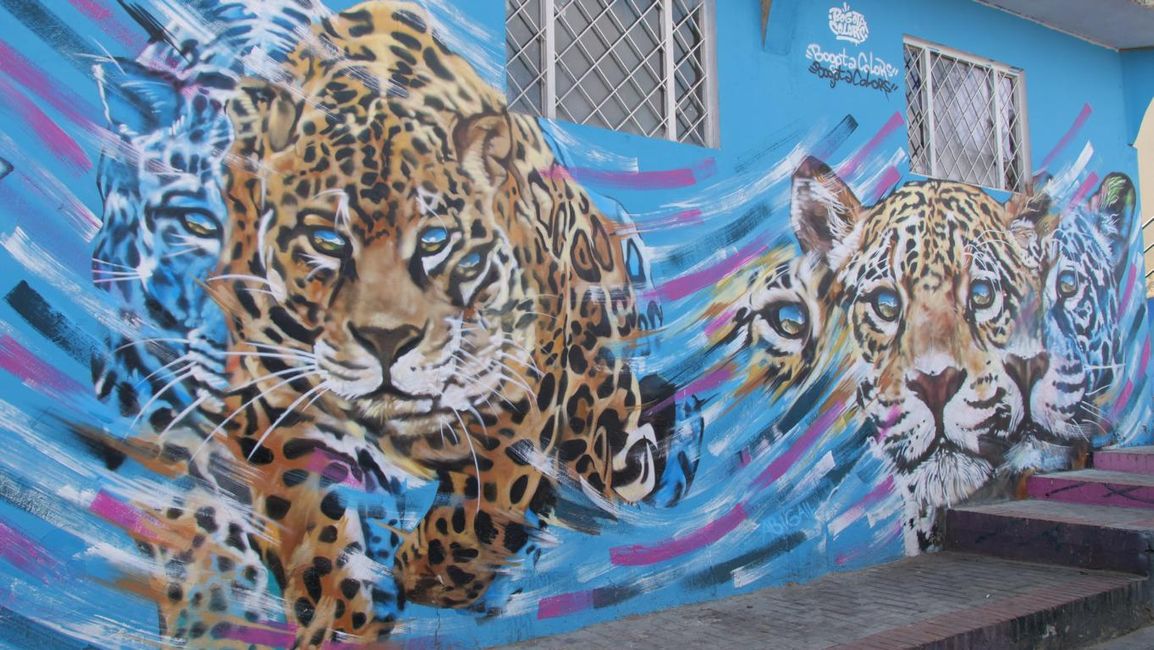
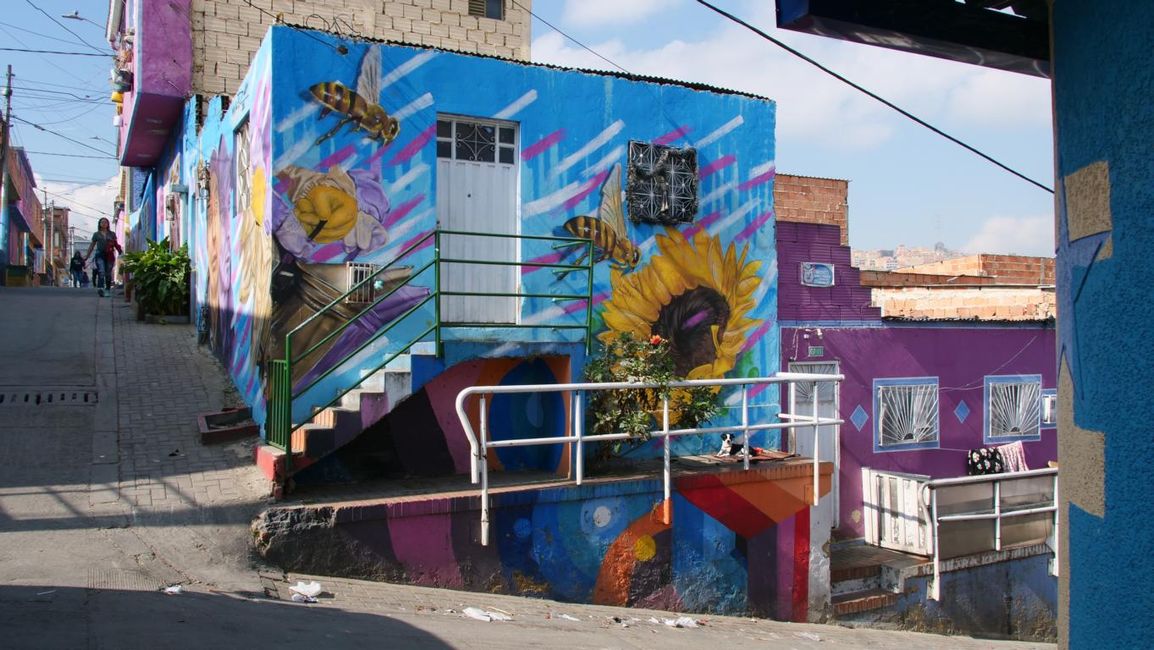
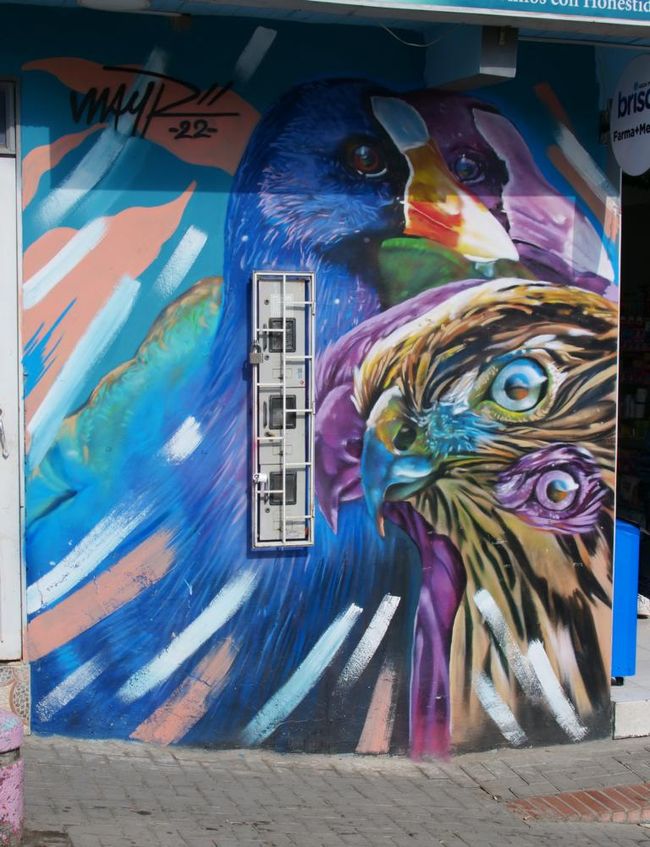
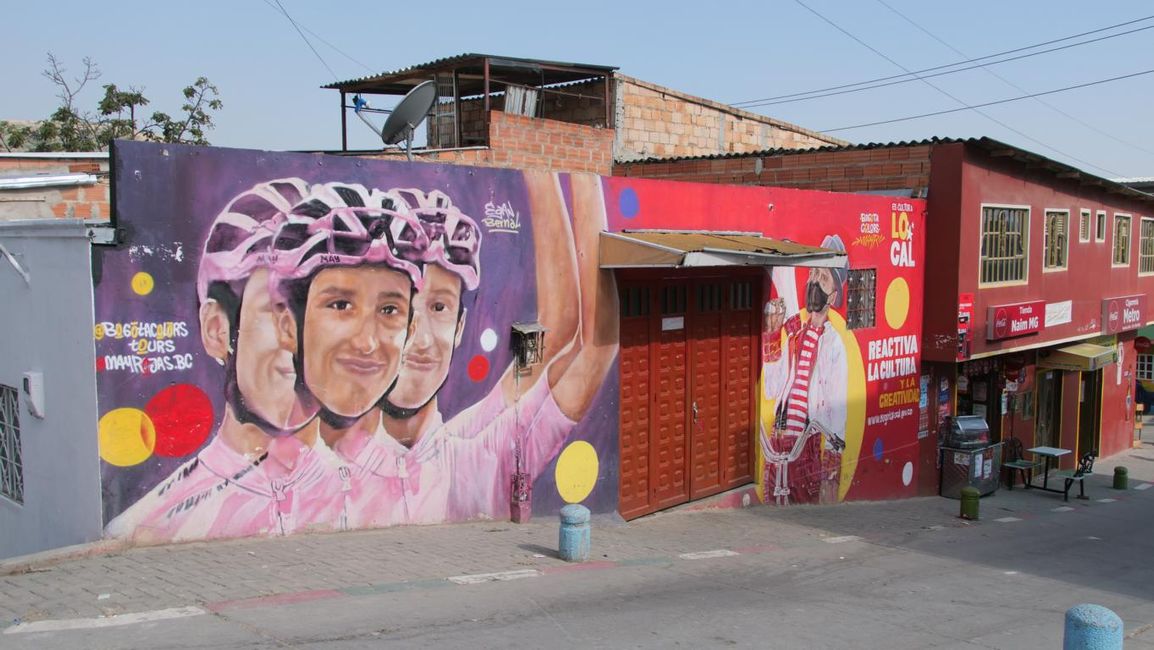
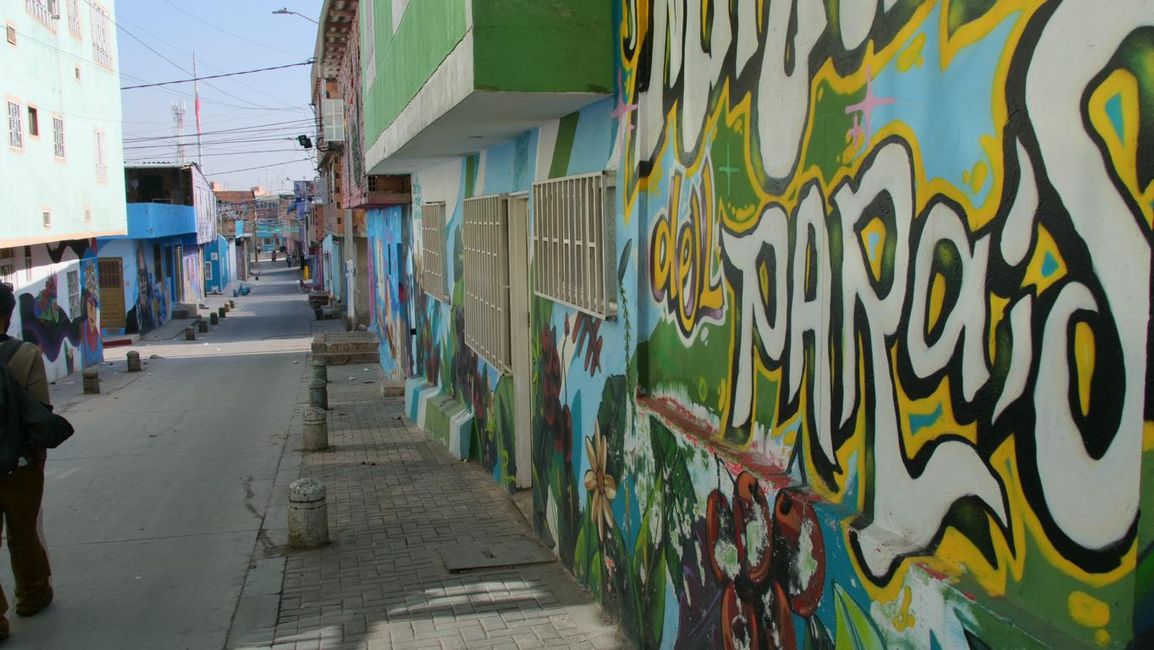
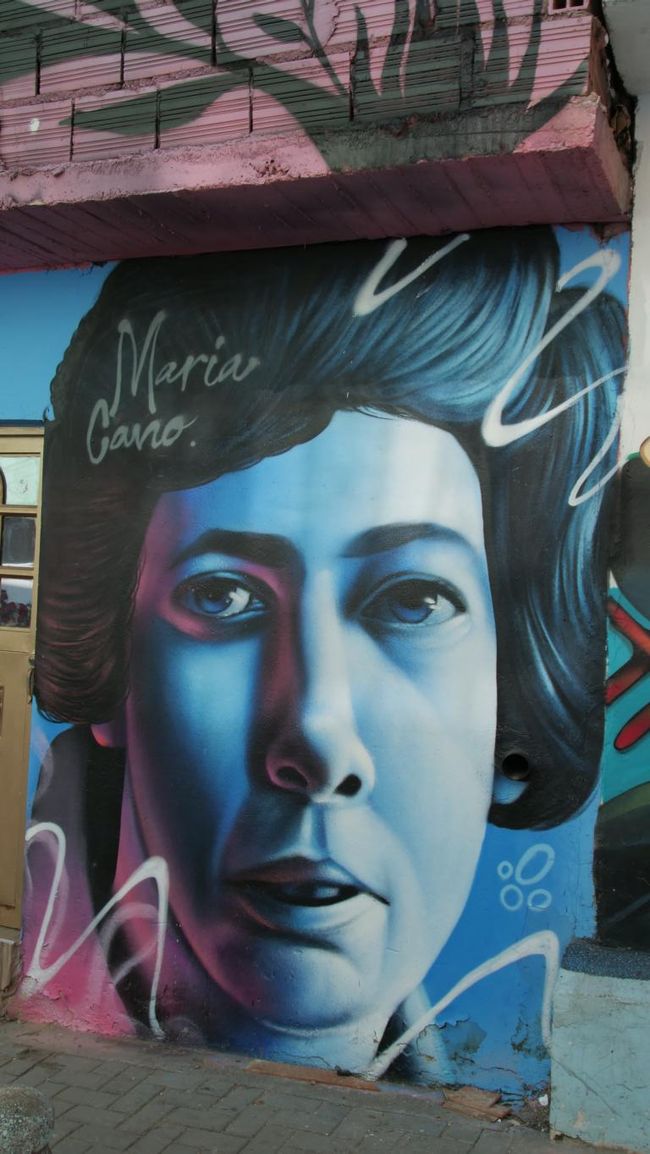
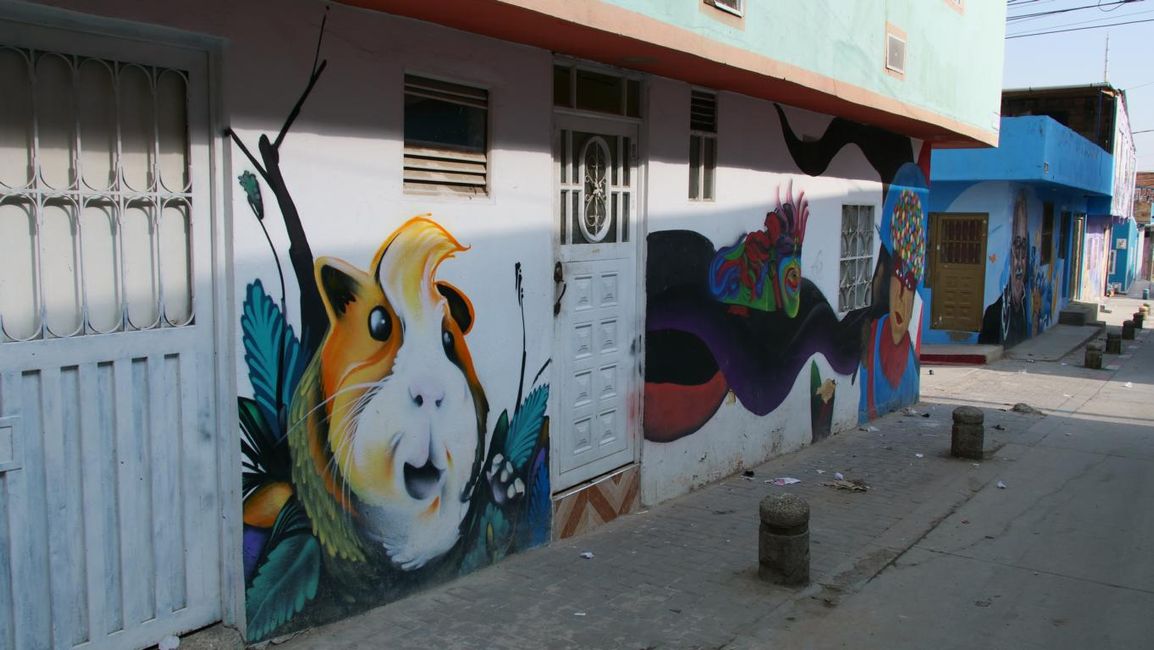
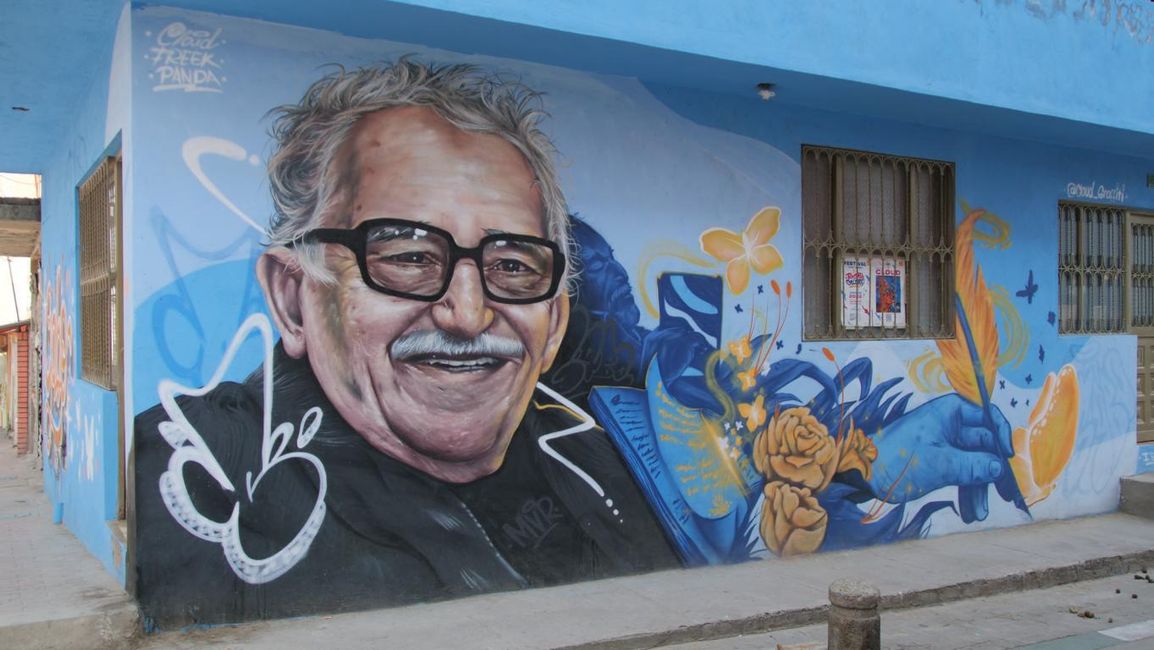
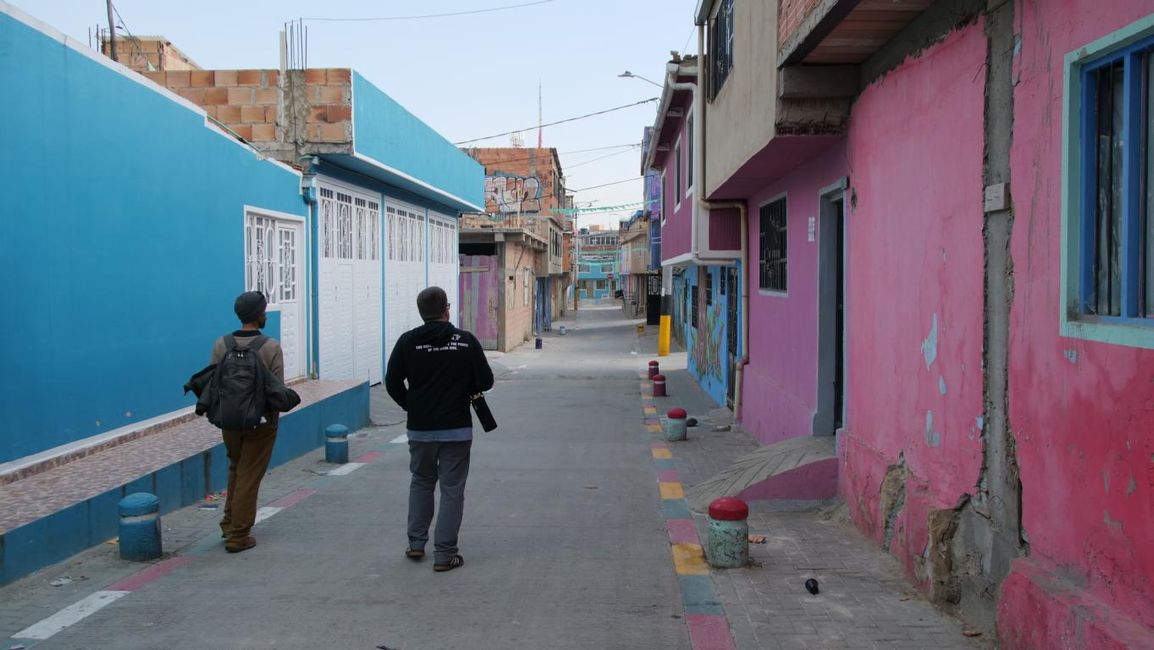
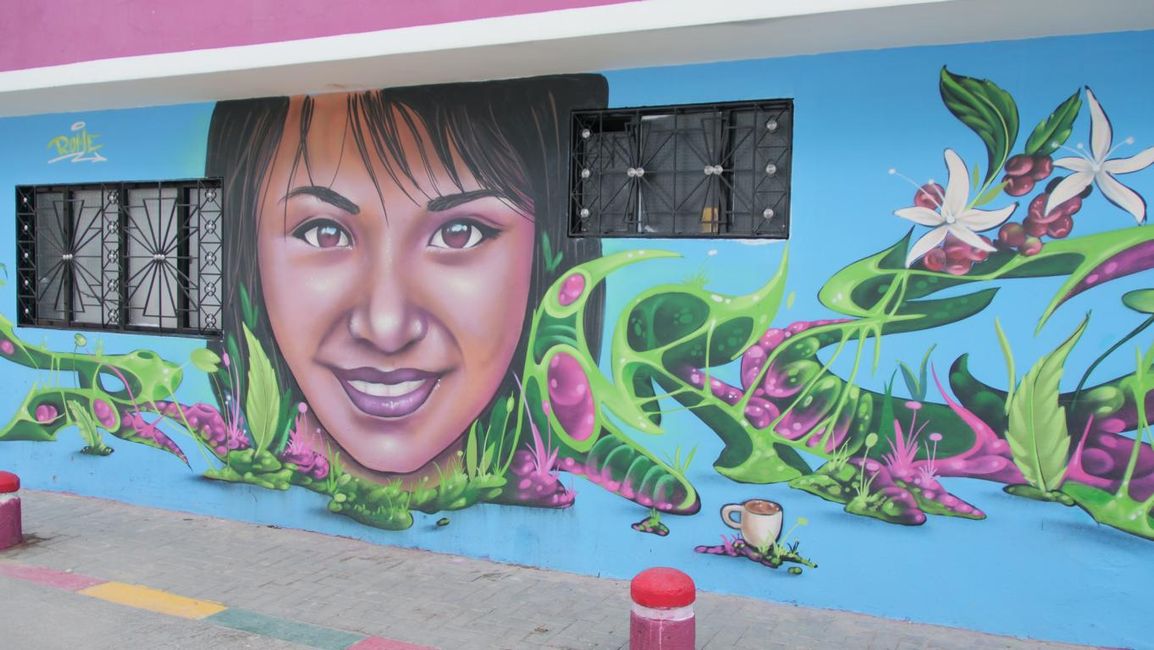
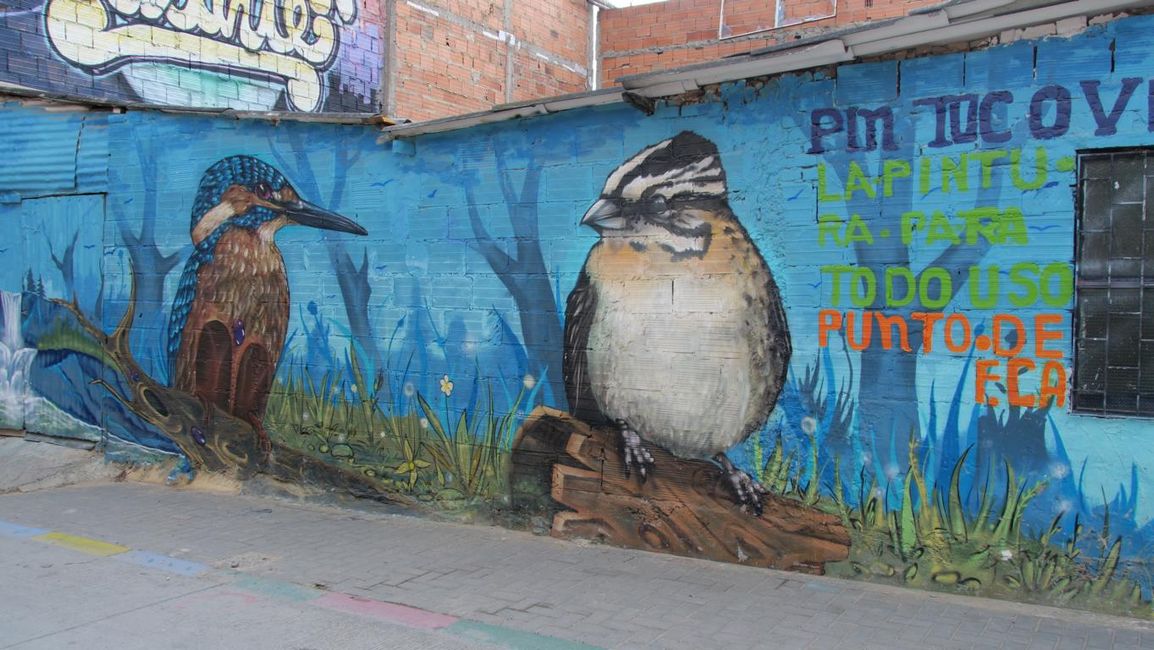
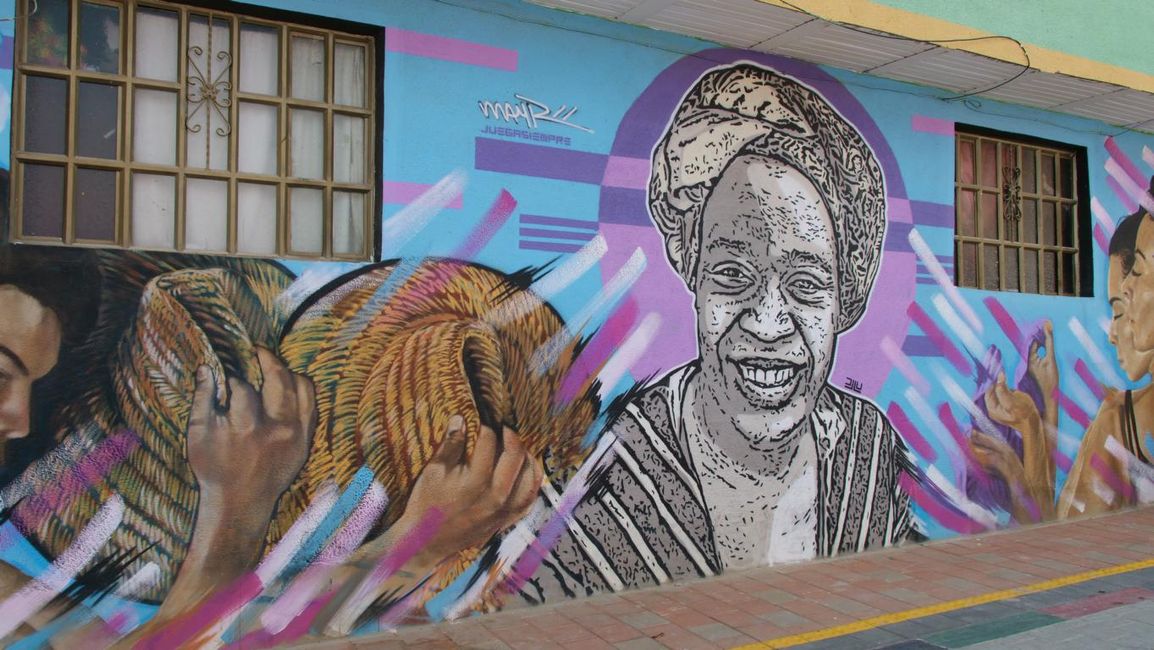
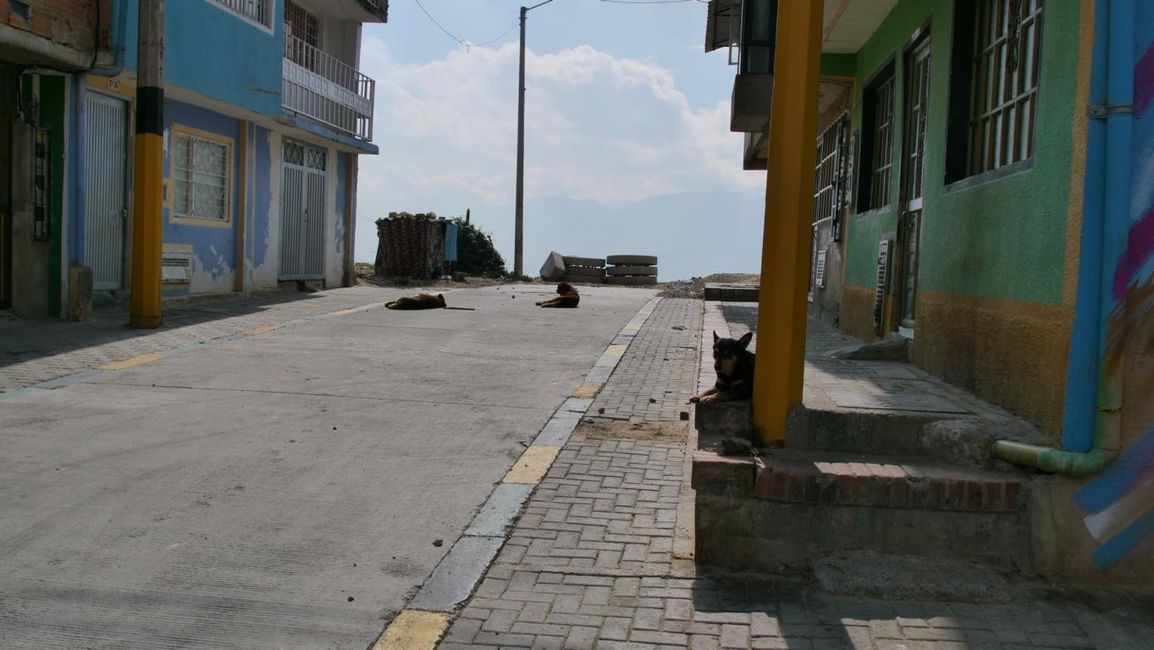
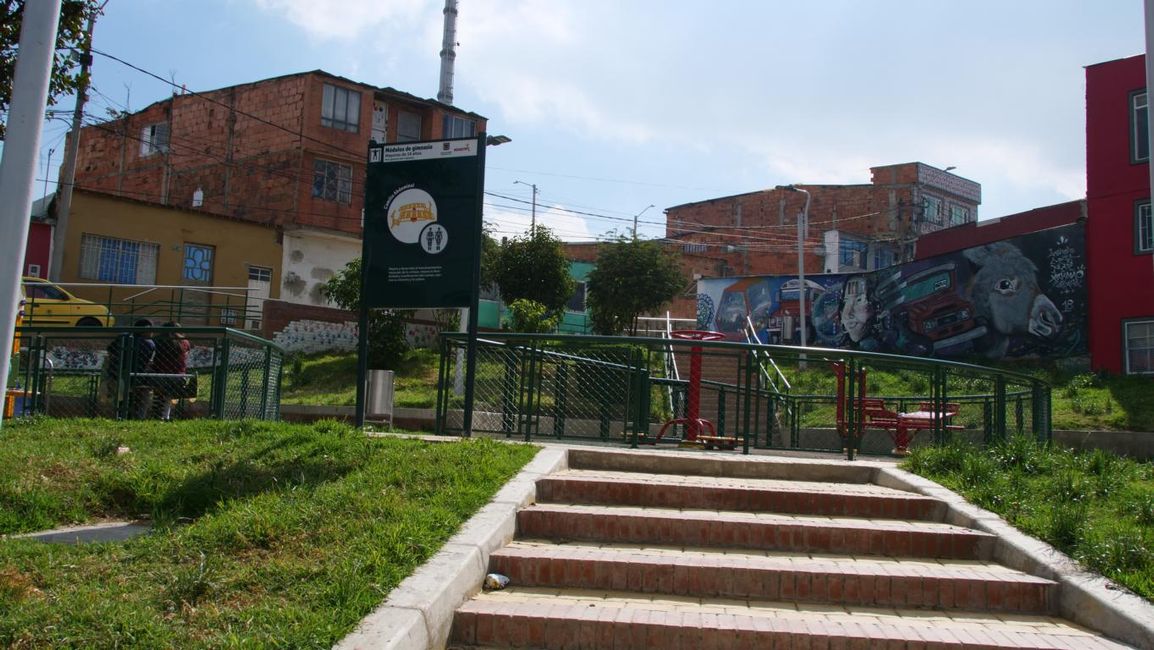
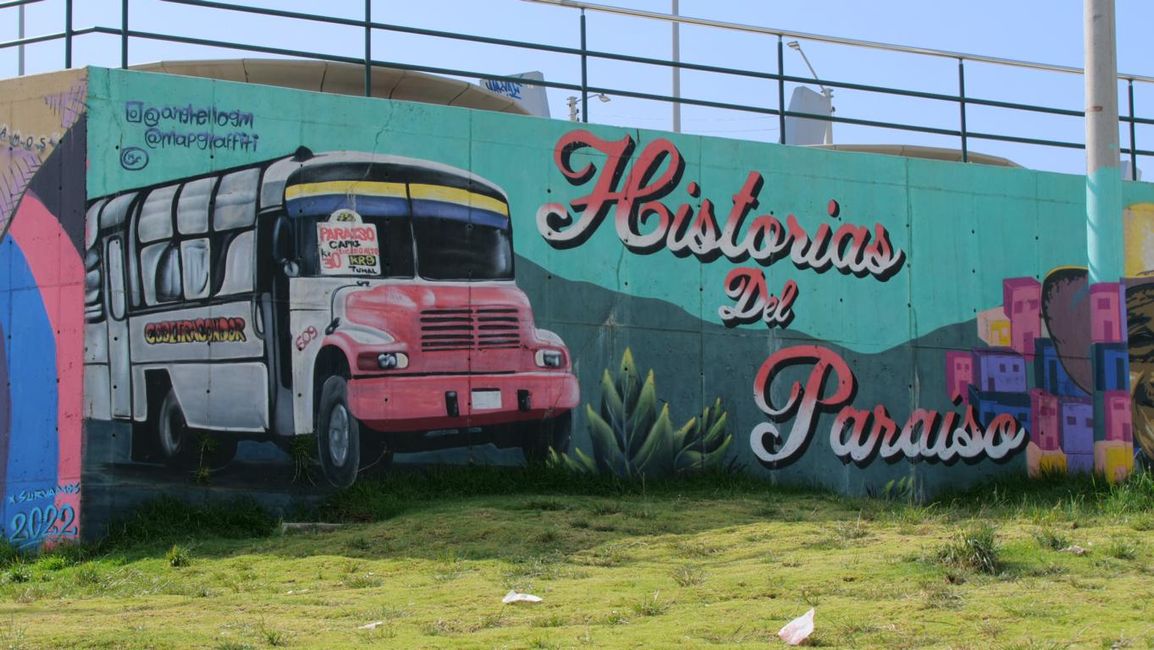
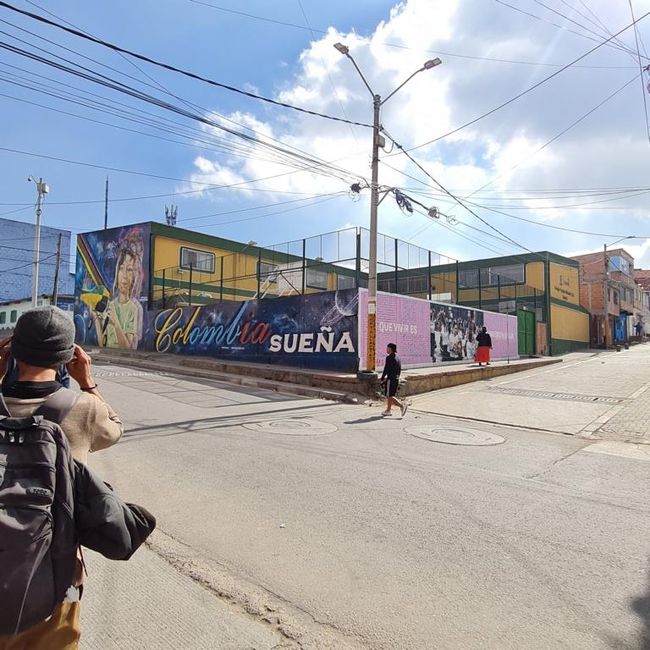
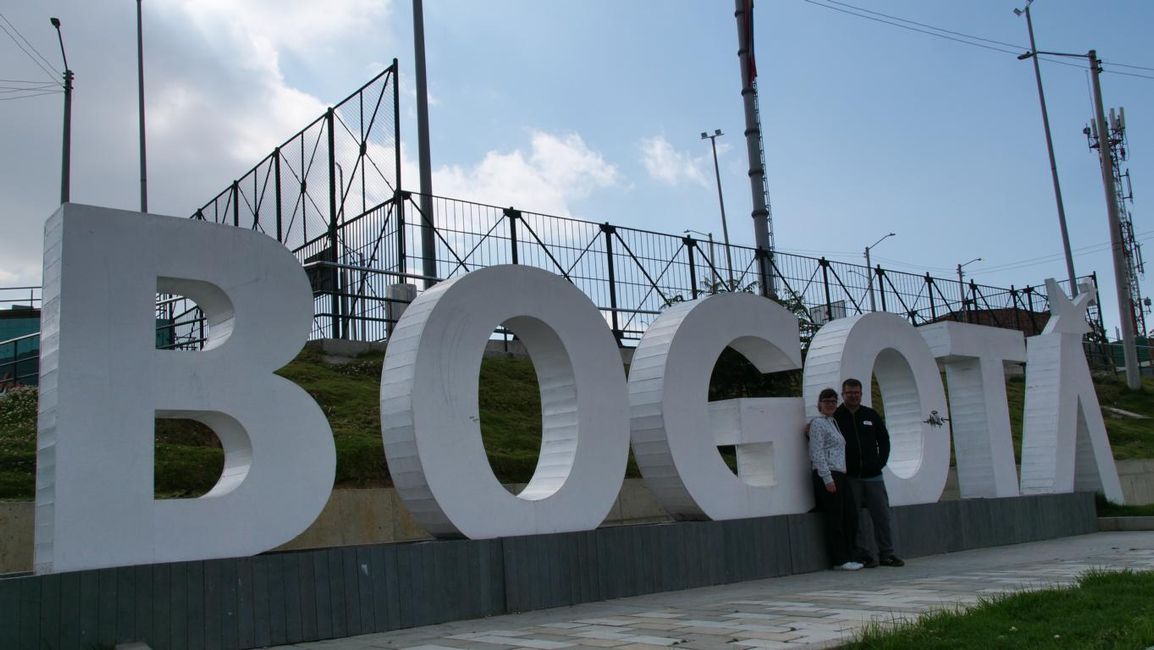
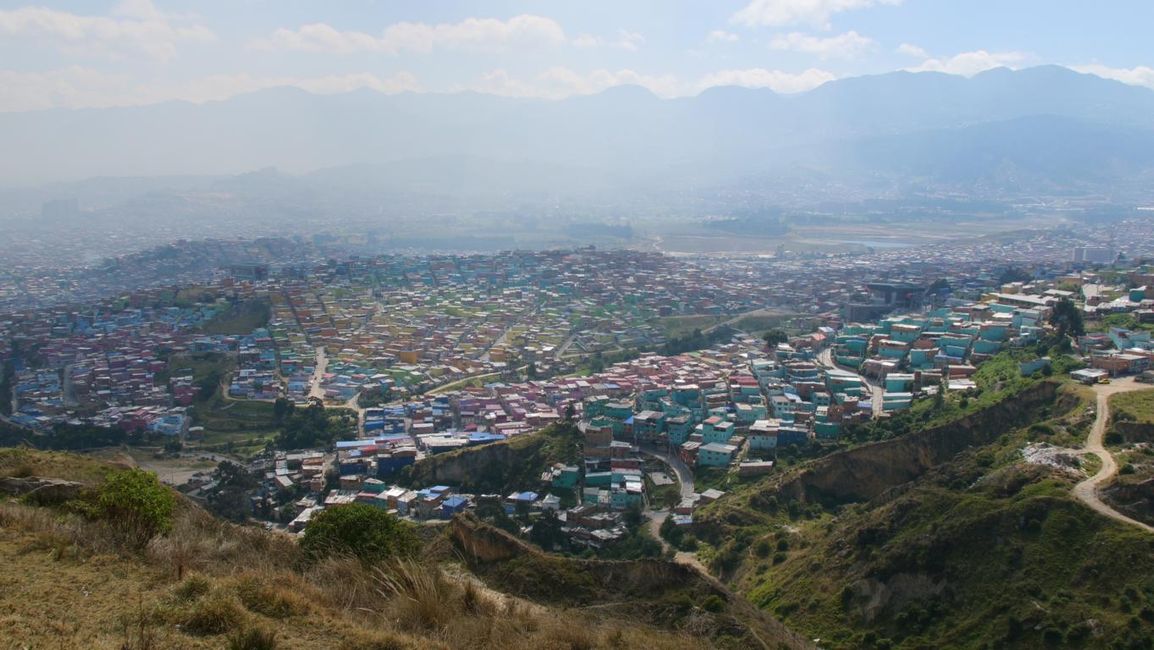
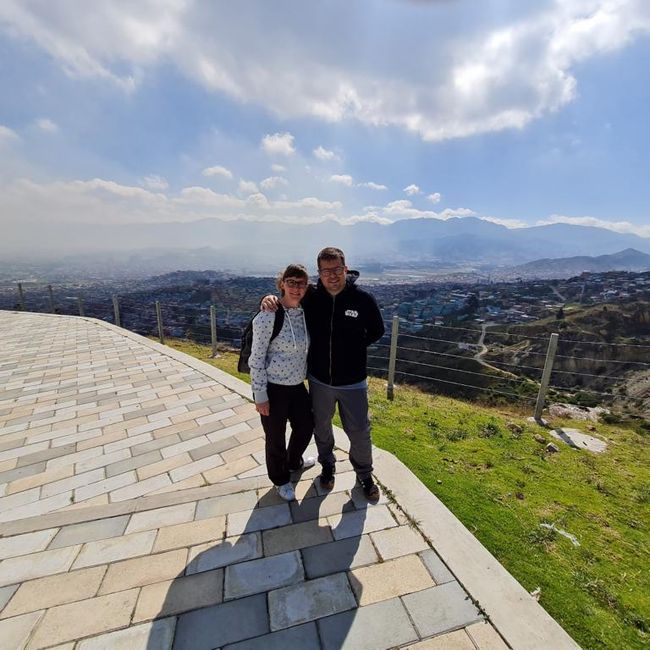
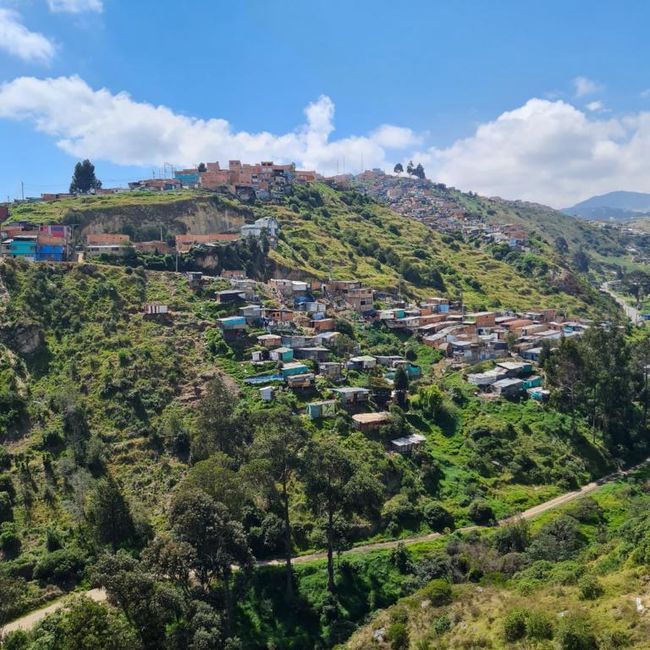
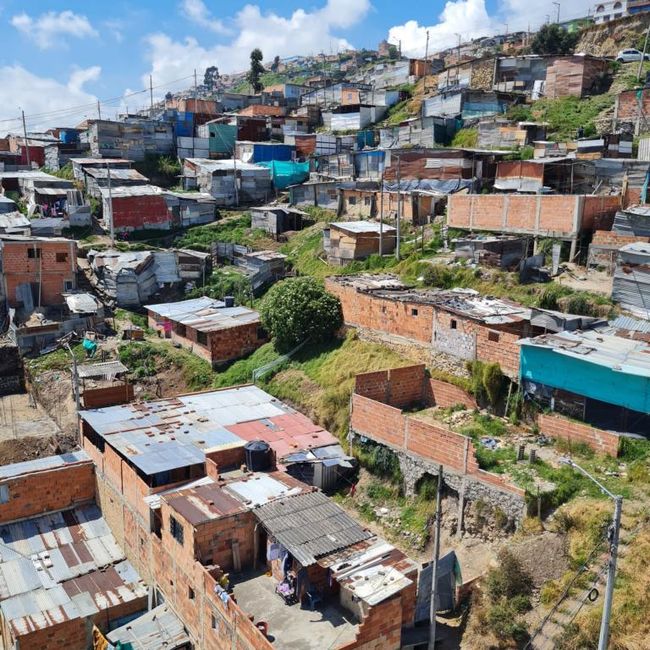
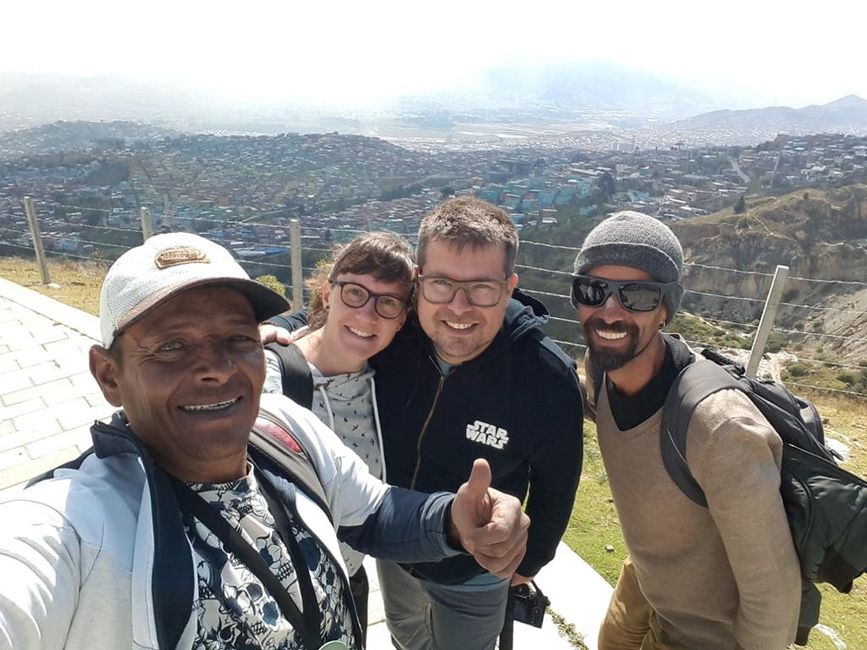
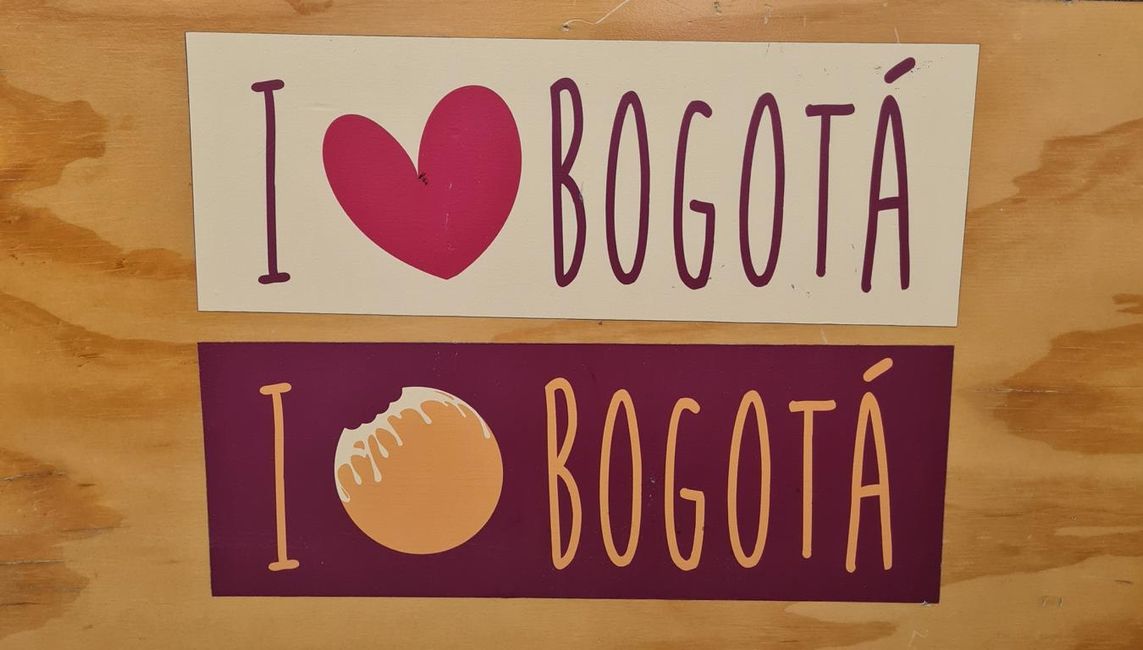
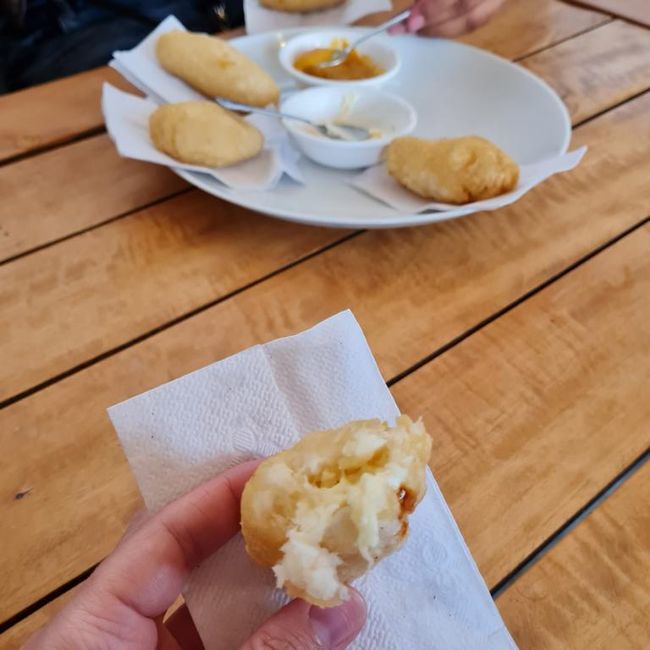
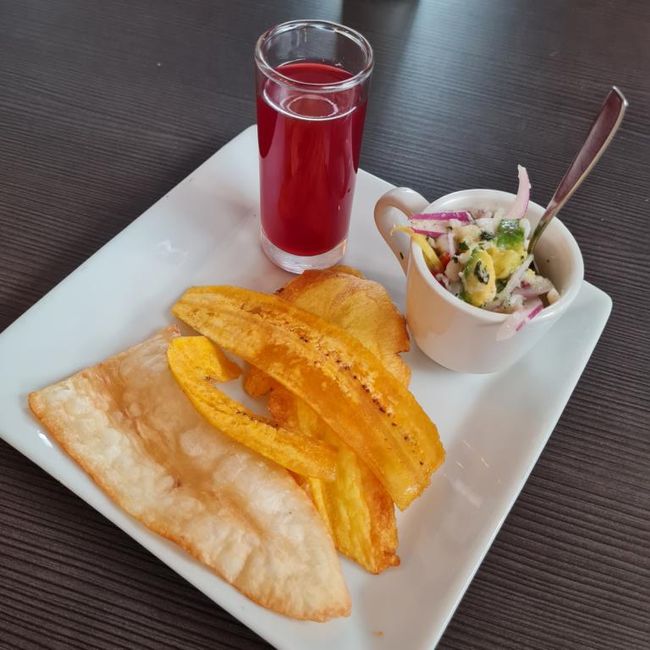
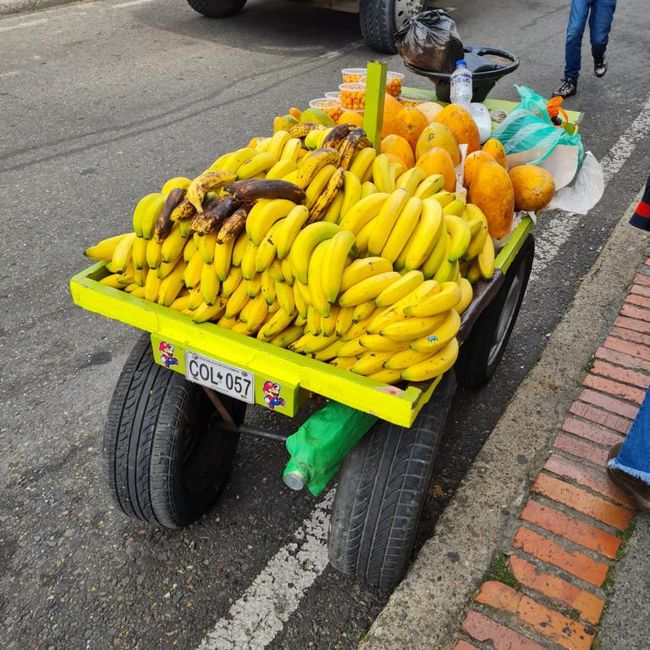
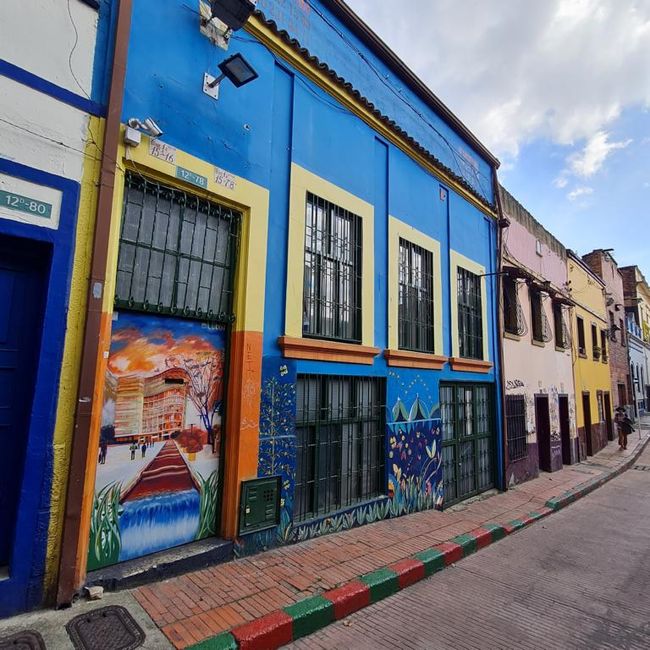
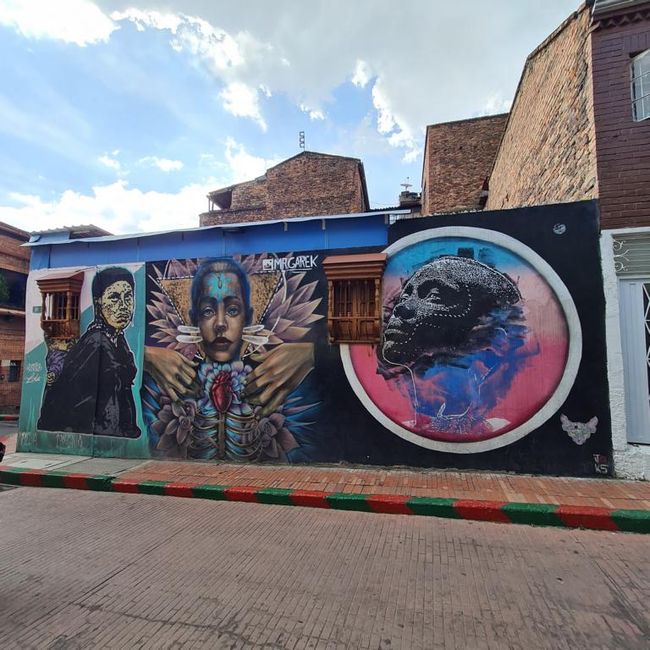
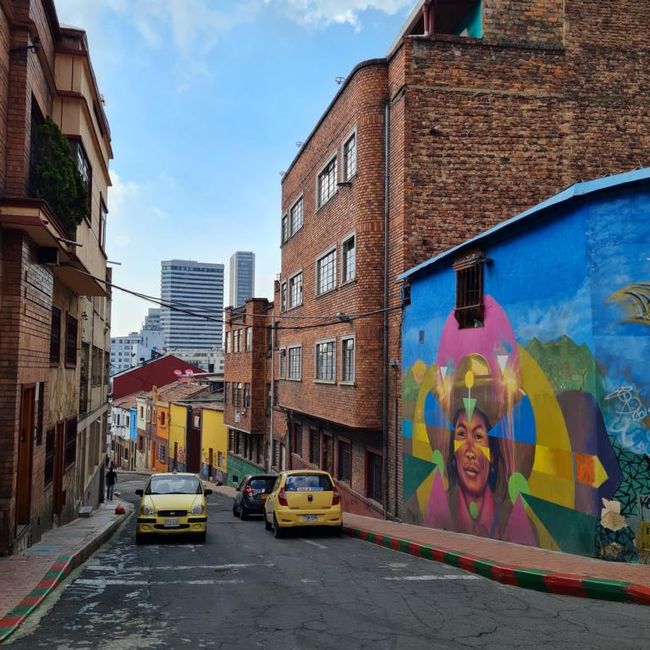
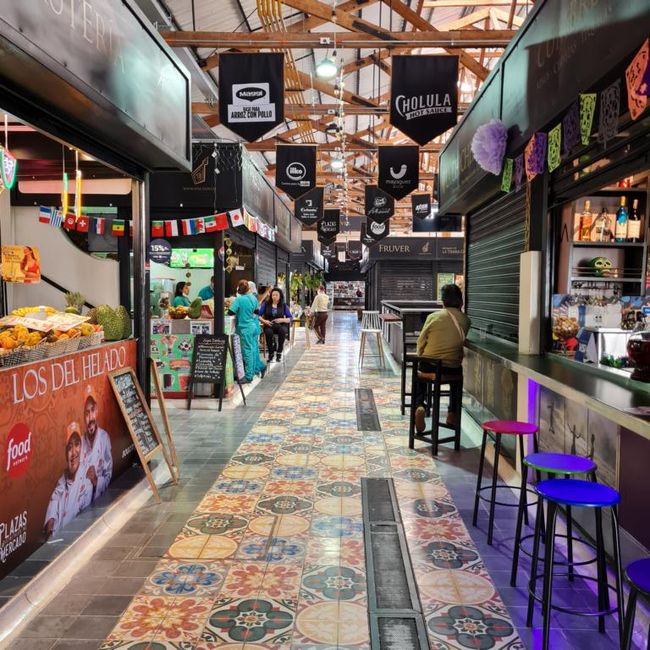
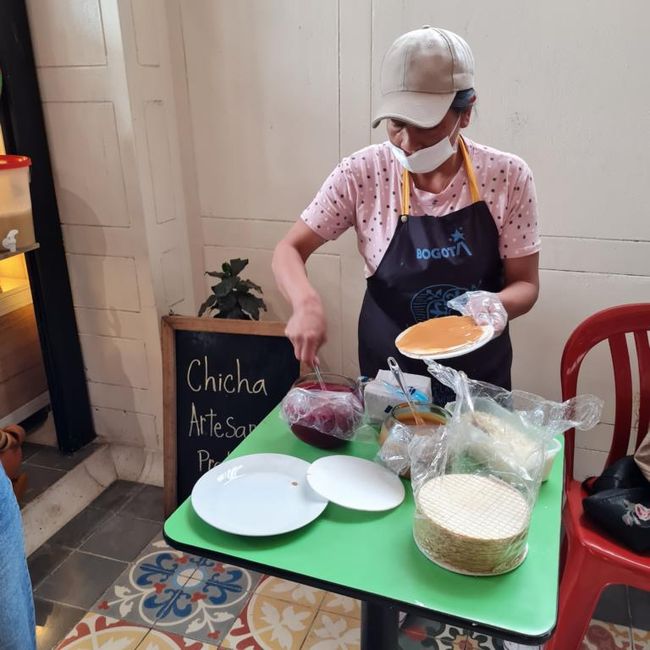
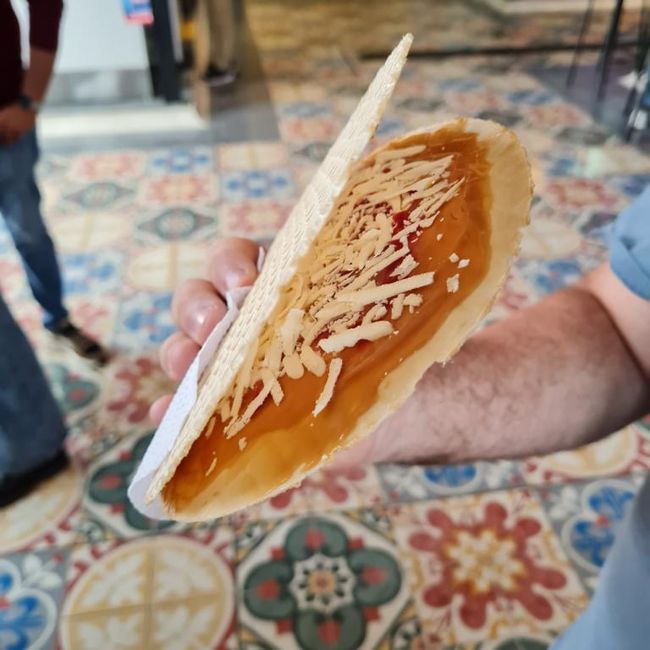
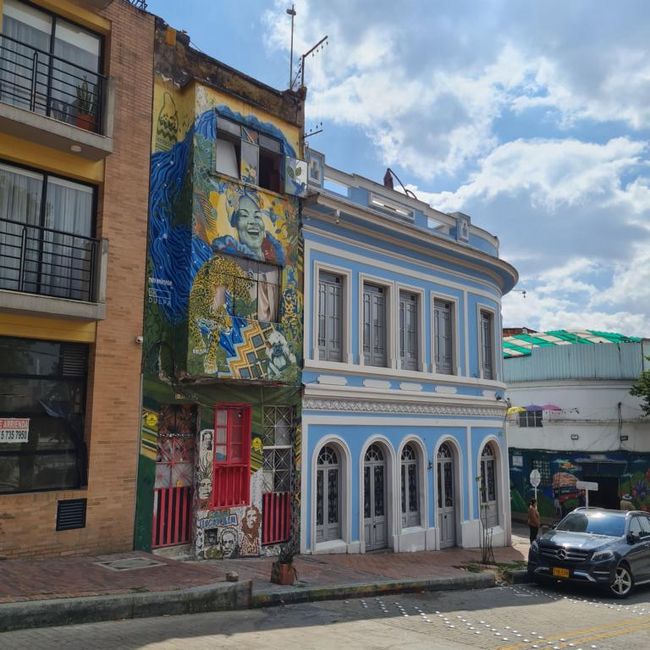
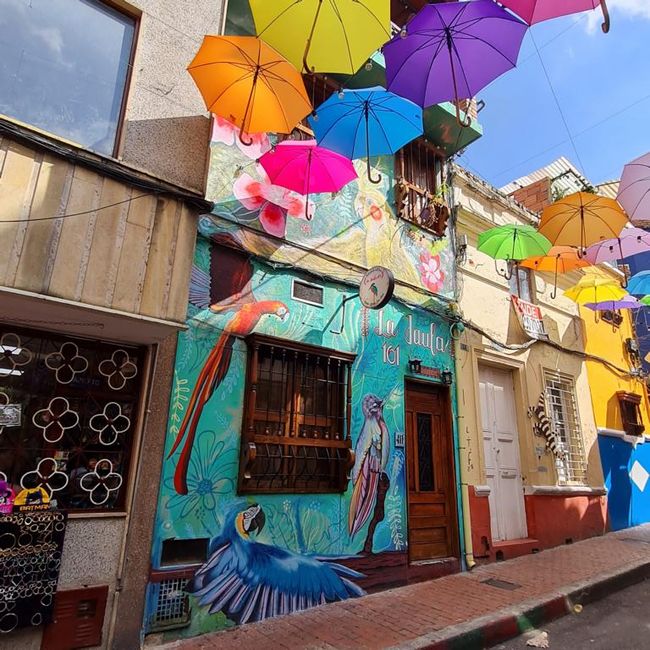
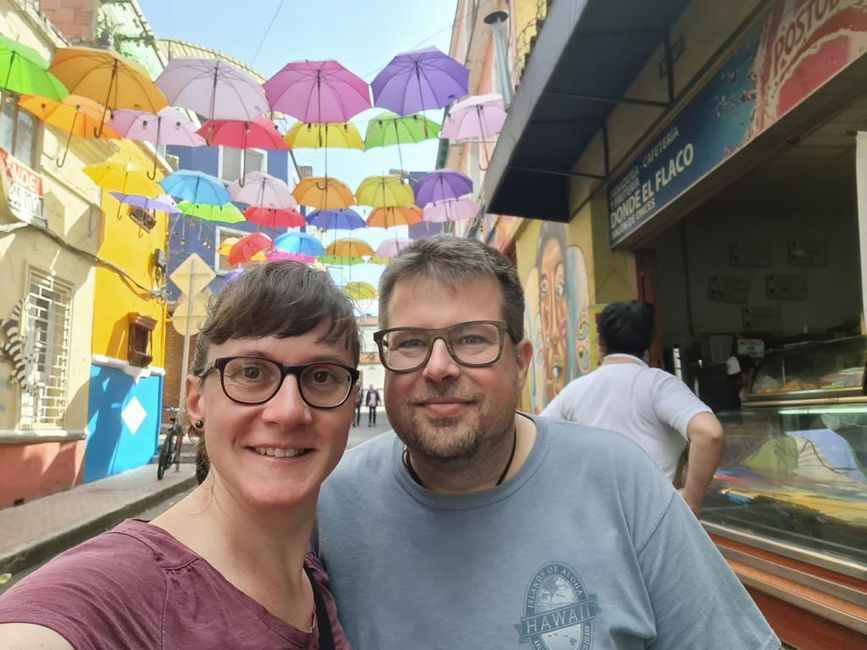
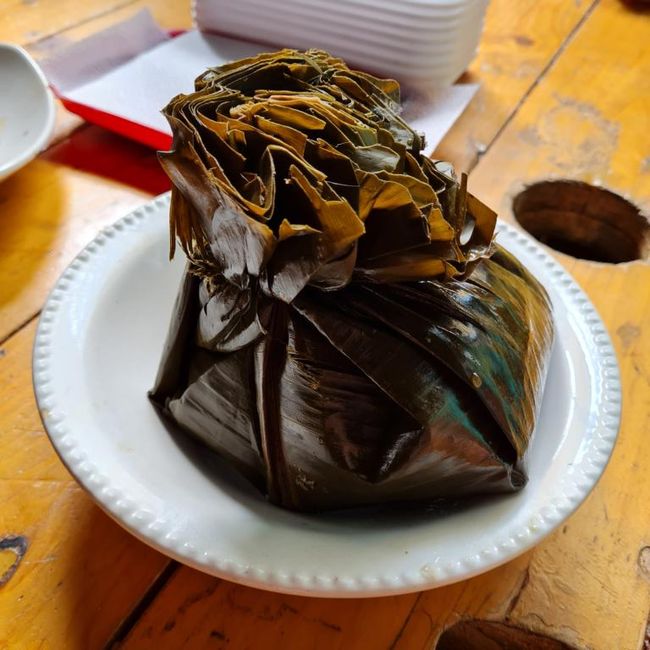
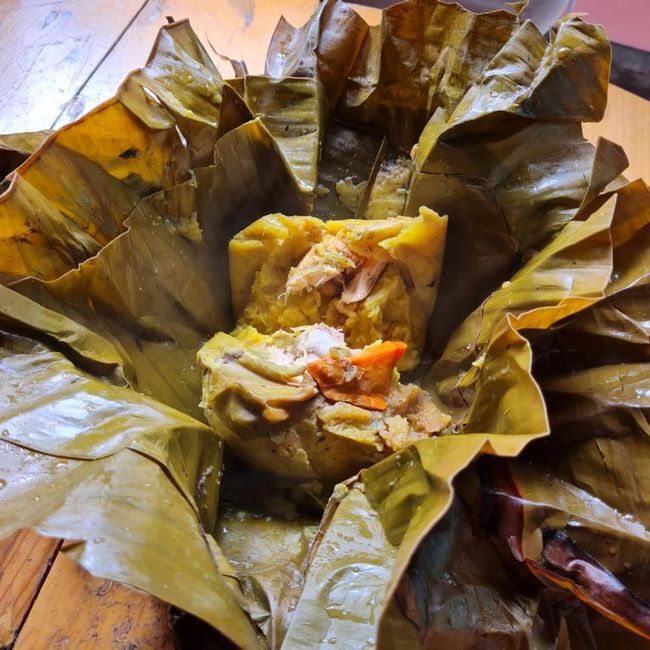
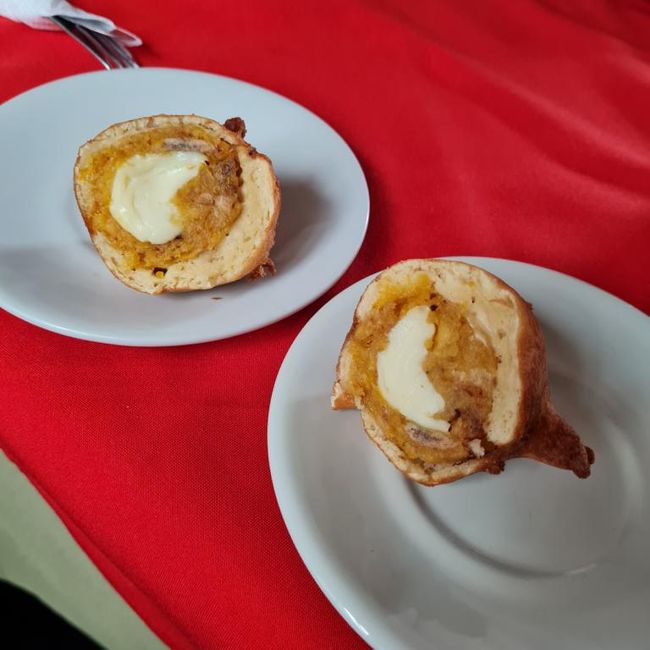
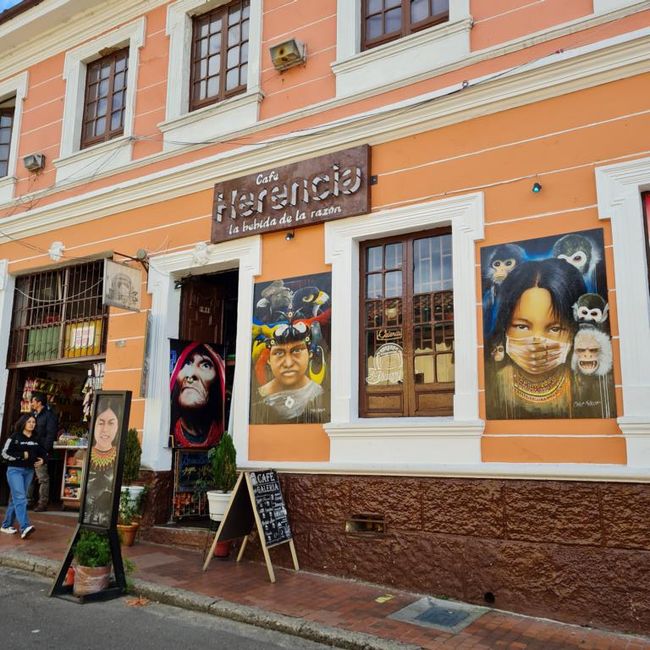
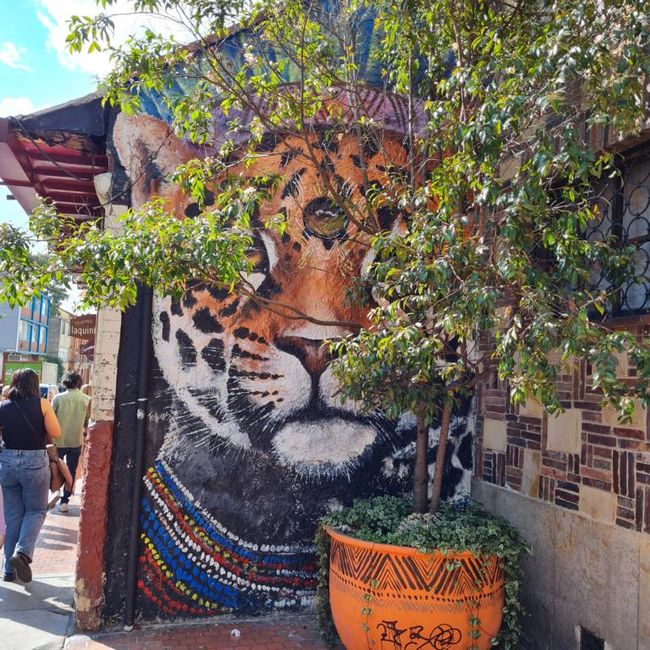
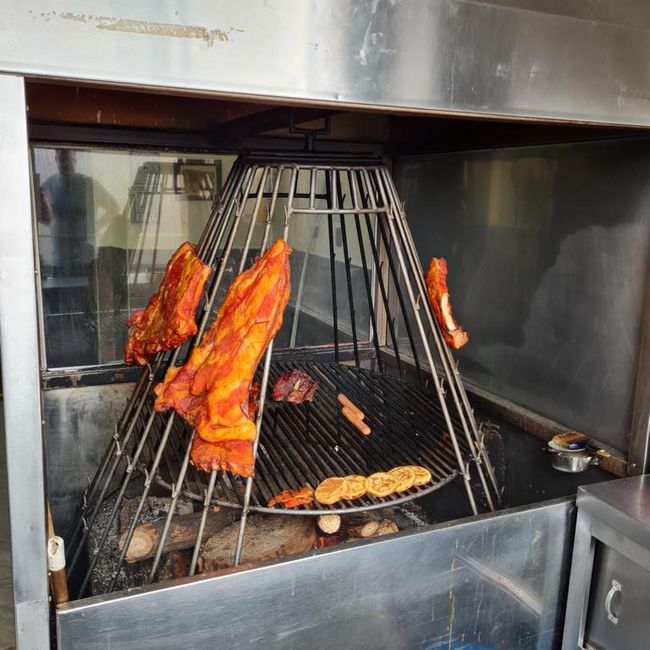
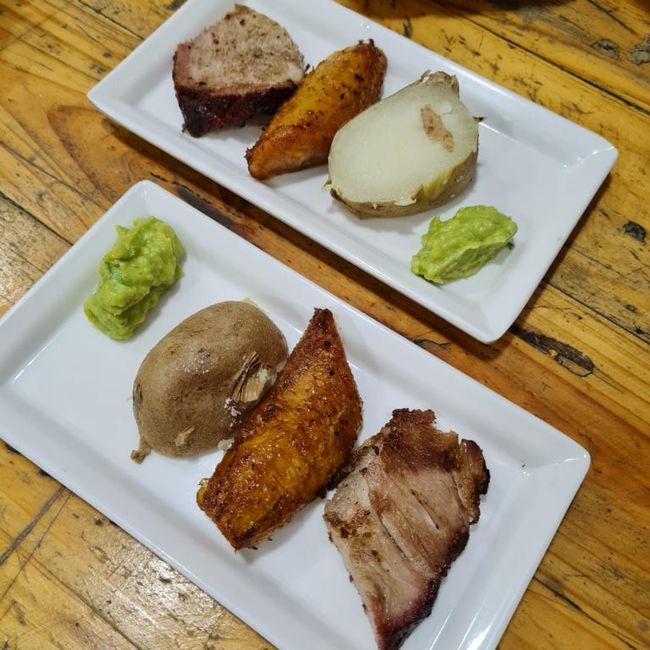
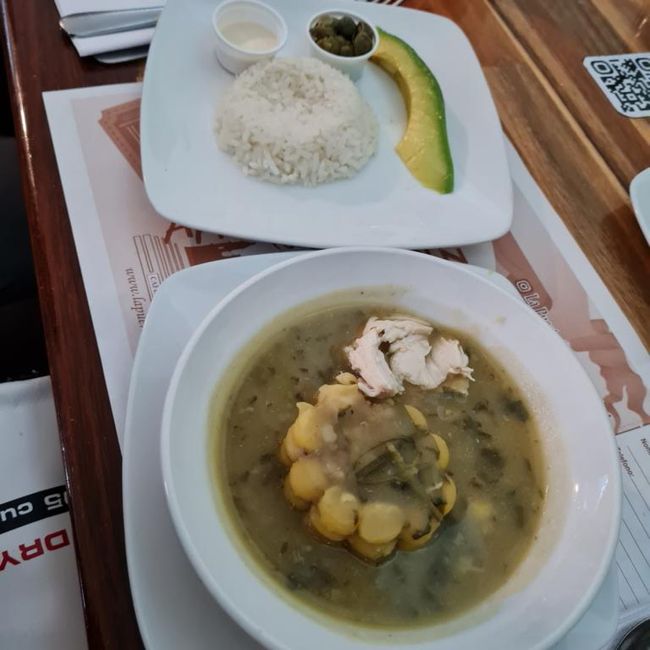
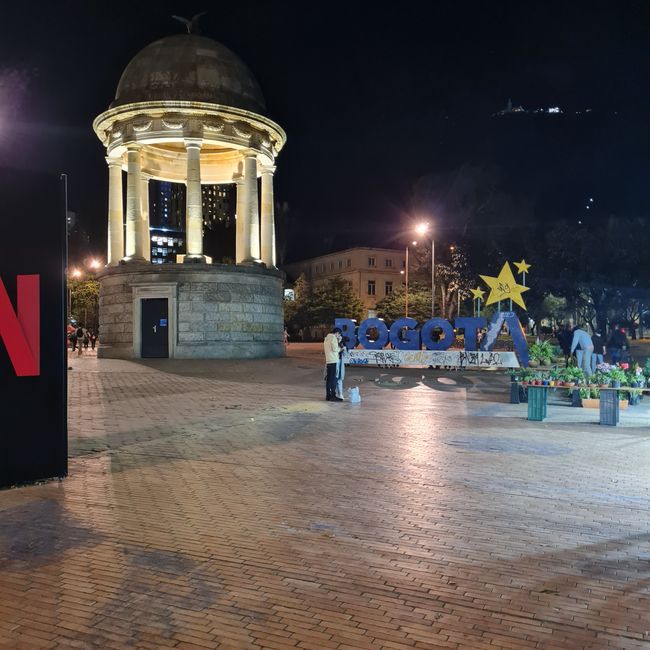
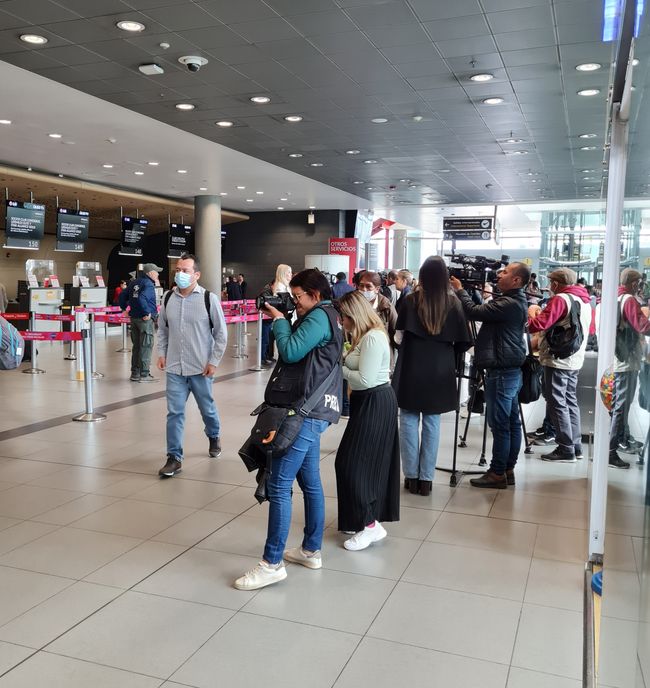
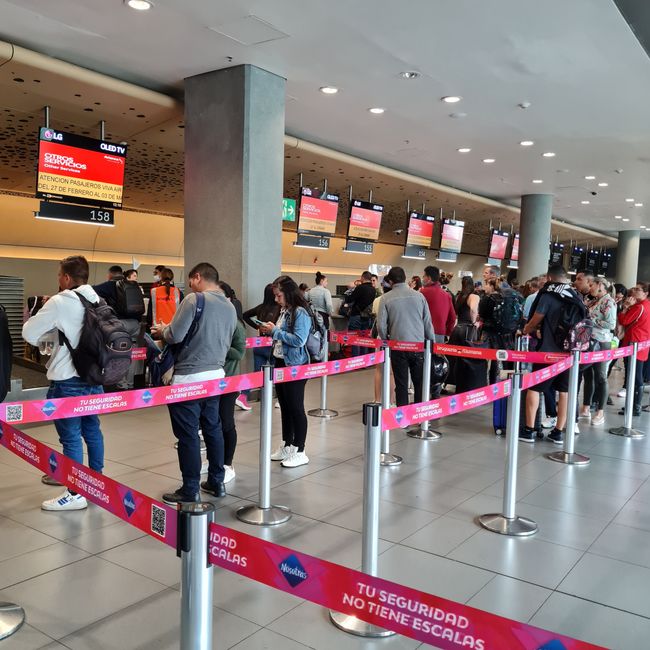
Ба бюллетен обуна шавед
We arrived at the Bogota airport in the late afternoon. The immigration and baggage claim went smoothly and then we took a taxi to La Candelaria, which is the 17th district of Bogota. With a population of only 24,000, it is the smallest district. It is also the historical and cultural center of the city and one of the best-preserved historical old towns in Latin America. On weekends and at night, this neighborhood is bustling with locals and tourists. The narrow cobblestone streets are filled with beautiful houses, loud music, people sitting outside or in bars and restaurants, eating, drinking, and smoking weed. There is also a significant police presence. Our beautiful colonial-style accommodation is located right in the heart of it all, on the top floor next to the rooftop terrace. We strolled through the streets to the supermarket to buy some groceries for breakfast and water, and then we had a meal at a quaint restaurant with a diverse decor. One of the chefs spoke some English and explained the exclusively Spanish menu to us. Afterwards, we found out that it is one of the most expensive restaurants in the area, but we only paid 25 euros for two drinks and two huge delicious portions.
The next morning at 7 a.m., we had a very special excursion, away from the usual tourist path. We met our guide Francisco and took a public bus for about forty-five minutes through the city, followed by a cable car ride. We went to the El Paraiso favela. By the way, the modern cable car was built by the Austrian company Doppelmayr and is very popular among locals. As we floated above the city, we looked at the colorful houses and some makeshift shanties in the slum area. Upon arrival at the mountain station, we were accompanied by a local resident for our safety during the walk through the neighborhood. We walked through the streets, discovering neon-colored houses and lots of graffiti, each telling its own story. And Francisco told us a lot about life here. We then went to the best spot in El Paraiso, from which we enjoyed a panoramic view of Bogota, although it was a bit hazy. At the end of our visit, we went to the best bakery in the neighborhood. Here, we tried a Colombian snack and then returned by cable car and bus. In the early afternoon, we had booked another tour. This time in La Candelaria, our neighborhood. For three hours, we went from one restaurant to another, where we tried seven different typical Colombian dishes and drinks. It was very delicious, although the cuisine is quite heavy and many things are fried. Our favorite was the ceviche. Here too, we learned a lot about the country and its people, and also that the city is known as Graffiti City, as street art can be found throughout the city.
On February 28th, we planned to visit the Salt Cathedral north of the city. But everything turned out differently. Before we left, we wanted to check in online for our flight from Bogota to Lima the next day. Unfortunately, we couldn't. The airline had temporarily suspended all flights on February 27th, but we didn't receive any email notification. We were on the verge of booking a new flight for 700 euros because we had a travel plan. Fortunately, Ben found some information stating that another airline was temporarily taking over the flights of the bankrupt airline free of charge for a few days. We tried to reach someone by phone, but there was no chance. So we drove to the airport and spent five hours there until we thankfully received another ticket. Also for March 1st, but six hours earlier, so we didn't have any more time to do anything else. If we ever come back, we still have a lot on our Bogota to-do list.
Ба бюллетен обуна шавед
Ҷавоб (1)
Ute
Wunderschöne Wandmalereien. 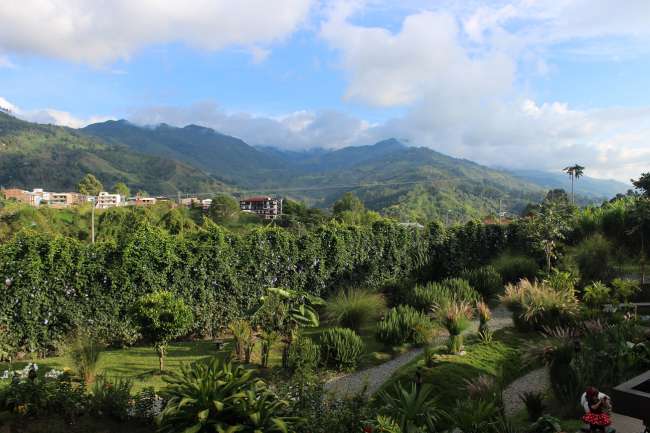
Ҳисоботи сафар Колумбия
